|
"We urgently need more vocations in our diocese—to Consecrated life and the Priesthood. Without everyone's involvement, how can we hope to see an increase in vocations?" Sr. Dianne, Assistant Director of Vocations, posed this compelling question at the Vocations Rally on Good Shepherd Sunday, April 21, at St. Michael’s Parish in Calgary. “We really need to get that soil prepared so that the seeds of vocation can fall into it, and they can flourish,” she continued. Indeed, this was the driving force behind gathering the faithful at the Vocations Rally, aiming to enlighten us all on how to create such nurturing conditions. The event, co-hosted with the Benedict XVI Institute from Newman Theological College, was a hopeful beginning for fostering vocations within our diocesan community. With more than 400 attendees, including pre-registrants and walk-ins, the Rally kicked off with Mass at 11 am, led by Fr. Edmund Vargas. Afterward, attendees were invited to enjoy a delicious lunch prepared by the Knights of Columbus in the narthex, and explore various booths featuring Religious brothers and sisters, seminarians, and vocations advocates before the start of the presentations. Fr. Cristino, Director of Vocations, shared his astonishment at the turnout and the discussions he had in the days following the rally. “It was impressive to me, first of all, how many people were in attendance. But the follow up conversations I've been having with people all week clearly indicate that they were deeply impacted by all of the sharing they received in that brief time together!” But this comes as no surprise. The insights shared by each speaker, combined with the sense of community encountered at the Rally, were a true renewal experience.
Videos from the Vocations Rally are available here:
Videos courtesy of St. Michael's Catholic Community. The Office of Vocations is very thankful for the Vocations Rally Planning Team, Benedict XVI Instittute of the Newman Theological College, St. Michael’s Parish and Diocesan staff, video and photography team, Knights of Columbus, Seminarians, Consecrated Life members, Serra Club of Calgary, and many others who supported the Vocations Rally and came to support our Diocesan effort to create a culture of vocations! We wouldn’t be able to do it without you.
Photos: Bandi Szakony, for the Diocese of Calgary
1 Comment
This year, the 28th World Day for Consecrated Life was especially marked with great reverence and joy. Friar Michael Perras shared, "The Franciscan Friars invited all religious of the Diocese to join in this special commemoration. We gathered for the Eucharist, took time to connect, and enjoyed a noon feast together. I believe there were nine different communities represented. It was such a gift for us to gather and celebrate our vows!"
The World Day for Consecrated Life is celebrated every year on February 2. It is intended to "help the entire Church to esteem ever more greatly the witness of those persons who have chosen to follow Christ by means of the practice of the evangelical counsels and, at the same time, is intended to be a suitable occasion for consecrated persons to renew their commitment and rekindle the fervour which should inspire their offering of themselves to the Lord." (Pope St. John Paul II) Following the gathering at Mount St. Francis in Cochrane, many of the religious priests and consecrated men and women of the Diocese joined Fr. Avi at the Cathedral to celebrate the Mass of the Feast of the Presentation of the Lord, also known as Candlemas. After the gathering at Mount St. Francis in Cochrane, many religious priests and consecrated men and women of the Diocese joined Fr. Avi at the Cathedral to celebrate the Feast of the Presentation of the Lord, also known as Candlemas. Fr. Avi led the Mass and invited people discerning a call to consecration to come forward for a blessing alongside those who had already taken vows. He encouraged the congregation to invite young people to consider the Consecrated Life and prayed especially for more vocations in the Diocese. The Fun Night with Sisters, initially set for Friday, January 12th, had to be cancelled due to the extreme weather. But our Sisters were quick on their feet, rescheduling the event to the following Friday. While some had to pull out due to scheduling conflict, it also opened the door for others who couldn't make the initial date. In the end, the group comprised of 10 young women and 8 Sisters - which turned out to be an ideal group size, as it allowed for more personal interactions. The evening kicked off with a prayer led by the Dominican Sisters, followed by a delightful dinner including pizza (meat-free since it was Friday), vegetables, cookies, and engaging conversation. Each attendee had the opportunity to introduce herself, and the Sisters briefly spoke about their respective communities. The communities represented were the Faithful Companions of Jesus who sponsored the event in their large parlour, the Dominican Sisters of the Immaculate Conception, the Providence Sisters, the Franciscan Missionaries of Mary, and the Franciscan Sisters of St. Elizabeth. Ting, our game maestro and a postulant from the Providence Sisters guided the evening's entertainment. First up was 'Name the Song', but with a twist - the tunes were hilariously mimicked with animal sounds, leading to roars of laughter and cheers. Much like last year, we also enjoyed a round of Pictionary, but with a sweet reward - candies for all participants! As the evening drew to a close, we concluded the event with a silent prayer session in the chapel, followed by the collective recitation of the Night Prayer. Please stay tuned for future events organized by the Sister of the Assembly of Women Religious of the Diocese of Calgary. Submitted by Sr. Dianne Turner, Office of Vocations.
Photos courtesy of Sr. Dianne. Bishop McGrattan marked the religious life anniversaries of Sr. Pat MacDonald, FCJ, and Sr. Ann Marie Walsh, FCJ, who have dedicated 65 and 60 years respectively to their service. The celebration took place on August 26 at the FCJ Centre with the Holy Mass, followed by a beautiful reception.
I did not think much about the question the first time because I was confident that religious life was not for me. I have been actively involved in the Church and a charismatic community called Singles for Christ. I was trying my best to walk the talk and live the faith. I want to be a living witness to how I overcame trials and used them to fuel the desire to become a better version of myself. I never mentioned the stirring within about religious life to family or friends but to my spiritual director. At the time, I was advised to process the idea: know the reasons for pursuing the vocation and that I was not running away from something. I took the advice to heart. Yet at the back of my mind, maybe this is just a phase in my life, and eventually, this question will gradually disappear from my thoughts. However, in the past six years or so, the question stayed. It lingered. I would ask this question during my quiet time, prayer time, when I am on the bus, train, or driving, especially when I see religious people, and I would laugh at myself every time. There is no way I am heading in that direction! At a retreat organized by CFC-Singles for Christ, I had the opportunity to hear a Sister of Providence speak about their mission. Their charism of serving the underprivileged - those who are ignored, victims of injustice, marginalized, and voiceless - spoke deeply to me. Over time, the asking, “What if religious life is for me?” became frequent. I want to believe that the best tool for discernment is action. So, I mustered the courage to act and reached out to the Sisters of Providence. In November 2021, I started my Come-and-See journey with the Sisters in Calgary, and by February 2022, I moved to Edmonton to continue the journey. I was immersed in community life. The experience became an occasion of growth and self-knowledge—an opportunity to understand others and myself. I felt loved and supported by the Sisters, and it caused me to appreciate the vocation to religious life. On February 18th, 2023, I entered as a candidate and the ceremony was held at the Providence Centre Chapel in Edmonton, with friends, family, Sisters of Providence, and Sisters from other congregations present. As I continue to learn about myself in the context of religious life, I trust in divine providence in this journey of unfolding the question that led me here, “What if religious life is for me?”.
Learn more about this unique vocation here.
On February 2nd, 2023, religious from eight different communities gathered to celebrate the World Day of Consecrated Life on the Feast of Presentation of the Lord. It was a joy-filled day with the celebration of the Eucharist, meaningful conversations that deepened connections, and a delightful meal shared between those present.
Submitted by Sr. Dianne Turner, Assistant Director of Vocation
An invitation from Sr. Dianne Turner (Assistant Vocation Director of the Diocese of Calgary) to young and unmarried women:
Maybe you have a sister, and you have fun times with her, but this is about Religious Sisters having fun together, you know, the ones people call Nuns (though Nuns are a type of Religious Sisters who live a cloistered life in a monastery. If you want to know more about this distinction, just ask). So, we Sisters decided that we would gather for a night of fun and conversation, pizza supper, and Night Prayer. Personally, I am looking forward to playing some games because I truly enjoy card games, board games, charades, etc. Then we thought it would be great to invite young, unmarried women to hang out with us for this evening, so that we could get to know each other in a lighter setting and build our friendship. What a blessing it would be to meet young women who want to get to know us. It's an opportunity to make new friends, and catch up with some old acquaintances! Perhaps you have questions you would like answered without anyone knowing that you are talking to the Sisters. Maybe you want to meet Sisters from a variety of communities. You might simply want to have a lovely evening of free pizza and conversation, fun activities, and night prayer at the end. You might even consider bringing along a friend and your favourite game to play with the Sisters. What could be a better way to spend a Friday evening? The FCJ Sisters have kindly offered Sacred Heart Convent for the evening, located behind St. Mary’s Cathedral at 219-19th Avenue SW, Calgary from 6 to 9 p.m. on Friday, January 13, 2023. Please let us know if you are coming by Thursday, January 12, 2023, by contacting Sr. Dianne at 403-218-5504 or email [email protected] so that we can order the right amount of pizza (meatless of course, because it is Friday). 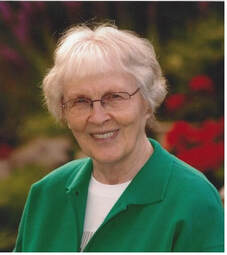 Sr. Helen Hengel, SCSL Sr. Helen Hengel, SCSL I was born in 1922 and raised in Shaunavon, Saskatchewan. I attended High School in Swift Current where I met the Sisters of Charity of St. Louis. Soon after I felt called by God to begin my life with the Sisters in Bienville, Quebec. After the time of formation and profession of vows (1942), I returned to Western Canada teaching In Saskatchewan and Alberta until 1958. Then I moved to Medicine Hat to the Novitiate Formation community as Director until 1964. I was further blessed with the opportunity for religious studies in Rome, and then further studies in psychology and counselling in Calgary, Ottawa, and New York. My journey then was focused on spiritual direction, youth counseling (University of Calgary) and helping those who suffered from addiction and their families through recovery, counselling with AADAC, the 12 Step individual and group counselling. I also served those attending serenity retreats, and those in personal growth groups and retreats for women.
Submitted by Sr. Helen for Faithfully.
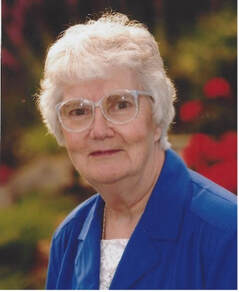 Sr. Clemence Liboiron, SCSL Sr. Clemence Liboiron, SCSL I have been abundantly blessed, as I was born and raised in Ponteix, Saskatchewan in a faith-filled family where love, prayer and acceptance were the dominant forces molding me and guiding me in my early life. In my teen years I was privileged to be asked to be responsible for looking after the cleanliness of the sanctuary in our parish church. Years later when I was finishing my high school there were moments when I felt God's love and presence in my life and a deep desire to follow Him. So it was. I joined the congregation of sisters who taught me at St. Theresa Academy in Medicine Hat, the Sisters of Charity of St. Louis. For my formation and I went to Bienville, Quebec and in 1947 I made my profession of vows. I then returned to western Canada for my initial training to become a teacher, and in later years earned a B. Ed and B.A in Alberta. In my 30 years as a teacher, mostly in Saskatchewan, I was blessed to work with many wonderful teachers and many eager students. After a wonderful sabbatical in Ottawa, I had the privilege of taking biblical sessions in Jerusalem and time to visit the Holy Land. Shortly after this wonderful experience I was ready to accept the position as parish leader in parishes in the Archdiocese of Regina, Saskatchewan, as well as working with Father Sullivan in the task of training lay people to lead the parishes for Sunday liturgy in the absence of a pastor. In 2011 I retired in Medicine Hat. I was a member of St. Patrick's Parish as well as had the time and privilege of visiting my relatives and friends. Presently I am retired and enjoying life in Swan Evergreen Village Senior Home in Calgary with other Sisters from my community. Submitted by Sr. Clemence Liboiron for Faithfully.
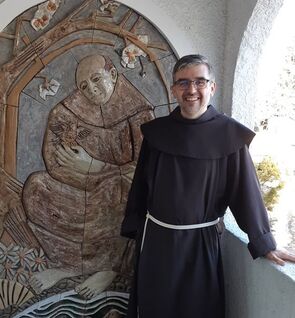 Br. Michael Perras. Photo: Solomon Ip. Br. Michael Perras. Photo: Solomon Ip. Above his bedroom door, Br. Michael Perras, OFM, has a small banner made by his great-aunt who was an Ursuline sister which reads: “To Radiate Christ”. For him, it serves as a reminder to put on Christ when putting on his habit every day. Yet it also speaks to something deeper, the call for Christians to radiate Christ to the other. Those in consecrated life have chosen this as their life’s work, whether contemplative or active, ordained or not, male or female. The feast of the Presentation makes this clear to us — that we are to live in imitation of Christ, the “light to enlighten the nations”. This feast has long fascinated Br. Michael (Mount St. Francis, Cochrane), in particular the figures of Sts. Simeon and Anna. In Br. Michael’s words, they serve as reminders: reminders to be amazed and to give praise, reminders to hope and trust, reminders of the elders in our lives, reminders of those who pass on the amazement of encountering Christ, and as reminders of those who call out the truth of who we are — in many ways, they are types of the consecrated life itself. The feast itself is a reminder: the hints of our baptismal promises in the liturgy are a reminder that we live as children of God, in the dignity of being anointed priest, prophet and king as Christ was in his Incarnation among us. Finally, Candlemas has been traditionally seen as the tail end of Christmas, with its themes of light-bearing. It is only right then, that the consecrated life and the Presentation of Christ are celebrated together, serving to remind us that we are all called to be bearers of light, and to witness to the light — to radiate Christ into the world. When we think of the consecrated life, the mind quickly turns to nuns and religious sisters, and for good reason. Women far outstrip men in North America to the vocation of consecrated life, both in number of vocations and variety of orders. However, they do not comprise the only groups under the term “consecrated life”. Rather, the consecrated life includes all who profess public vows of poverty, chastity in the form of celibacy, and obedience, within a permanent state of life recognized by the Church. Compared with sisters and nuns, brothers, monks and friars are far less common in North America, especially within this diocese. Some orders have come and gone quite quickly, such as the Benedictines, while others enjoyed enduring tenures among us, such as the Brothers of Our Lady of Lourdes. The Franciscans have maintained a steady presence in Cochrane from the 1940s until now, and among them lives the sole non-ordained religious brother currently in the diocese: Br. Michael. For Br. Michael, the call to religious life “came out of nowhere”. He grew up in a parish which receive Redemptorist missions regularly, and had two great-aunts who had been Ursuline sisters, but these seemed to be more “stepping stones” to the consecrated life, not “runway moments”. His parents owned the grocery store in Glenavon, SK, which was a primer in the life of service, and this continued in his life into youth ministry work throughout Saskatchewan. However, several things drew him to the Franciscans. Having tried to live simply during his pre-Franciscan life, an added depth was encountered in religious life, where the continual call to simplicity means to live out of who one is. Community and fraternity naturally grow out of this simplicity, with the discovery that “I can live out who I am in this way” among the messiness and the goodness of community, not changing who God has asked him to be. The centrality of the Incarnation to the Franciscan charism also drew Br. Michael. St. Francis’ life was centred upon the humility of the Incarnation and the charity of the Passion, and for Br. Michael, who has been drawn to the Incarnation since childhood, this aspect of the charism is central: “God with us”, Emmanuel. Flowing out of this incarnational reality comes a broader understanding of living the Gospel as good news, in everything done in everyday life. Br. Michael sums up his experience of consecrated life quite succinctly in the phrase “big brother, little brother, always a brother”. As the eldest of four, being the big brother has always been a part of his life; and joining the Order of Friars Minor, the experience of “minority”, of being little and simple, is central to the charism. From this place of being a biological brother flows the life of being a religious brother. Biological siblinghood calls us to the importance of relationship and building bridges, and questions how we build links, how we forgive and reconcile, and how we engage with others with different viewpoints; it is only natural that religious brotherhood does the same in different dimensions — being present to others, listening to others on their journey, encouraging what they have and offer. Br. Michael sees his vocation as that of a link in a chain — being others’ connection to faith and to the Church, the Church’s connection to the world, and linking these together in new and unexplored ways. Each religious brother and sister lives out their vocation in a different way, stemming from the consideration of what they have and what they offer. Historically, unordained brothers were manual labourers who made life function for their order; nowadays, many are engaged in academic pursuits or in active ministry work — Br. Michael himself works in retreat ministry and spiritual direction. Despite changing situations, the most important facets of consecrated life have not: to announce the Good News, and to witness to the Good News lived out in the lives of the people of the broader community. For Br. Michael, consecrated life is an invitation for us to deeper listening and awareness of God’s working in our lives and those around us. In our noisy world of instant gratification, consecrated life gives us pause to reflect on what and who we are listening to. The work of fraternity, hospitality and service that so many religious carry out points out that all Christians have a vocation to community and to being the Church. The ordained priesthood can often seem removed to some, and so the accessibility of consecrated life speaks to the connection, approachability, inclusivity and dialogue that all Christians are meant to embody, to the centrality of relationship in humanity. To sum it up, consecrated life is a sign for us to live life for the other, and not for the self. In Br. Michael’s words, consecrated life is one of “witness and connection, being present and listening” — a life remarkably similar to those of Sts. Simeon and Anne. As we approach the feast of the Presentation of the Lord, let us grow in the lessons that consecrated life teaches us: chiefly, let us grow “To Radiate Christ”.
Over the past few months as I have become acquainted with the members of the Seeds of the Word, I have come to see Our Blessed Mother in each one of them: a joyful young woman dressed in simple blue clothes, her life overflowing with the Life of God. The Seeds of the Word is a Brazilian contemplative and missionary community whose mission in Calgary began in 2014. Visiting their home, I have peeked into the community’s life of prayer, penance, and mission, which they live in cheerful hiddenness. Their contagious smiles reveal the treasure of their courageous hearts which have opened to receive and give the gift of God. The focus of the community is intimacy with Jesus Christ through the Word of God. For them, Jesus is the Precious Seed, whom they receive in personal and communal prayer, and then share with the world. Christmas is the most important feast for the community because of the centrality of the Word of God in their spirituality. Sr. Ana Sophia shares her experience: “I always get emotional at Christmas time when we contemplate that Baby... the Word of God Who came to save the world. It is so powerful to look at Him.” One of the newest sisters, Sr. Bridget, formerly Alissa Going, from Vauxhall, AB, professed her first vows of poverty, chastity, and obedience on December 3, the feast of St. Francis Xavier. Through these vows, she has made a commitment to her first year of consecrated life. As Sr. Ana Sophia explains, “the call to consecrated life is a special call from the Lord, not to everyone, but just a few people who He separates from the world to Himself because these people need more than what the world offers us. That’s why we leave everything behind for Him: because those good things are not enough. We need more.” Consecrated men and women show each of us, whatever our state in life may be, that it is only in giving ourselves to God that we can receive Him. At Christmastime, the Child Jesus reaches His sweet hands out to us in love. In order to truly hold Him in our arms, we must release our mortal grasp on all the things that pass away. If human weakness trembles at the prospect of such self-emptying, it is still when it senses the warmth of love shared in the manger. Ana, one of the postulants said, “We do not lose anything. We just gain everything.” Sr. Mary Elisabeth remarked that as Sr. Bridget consecrated herself to God, “she was so happy, she was glowing!” It is nothing less than the radiant glow of heaven, in which consecrated people participate on earth. The community follows Our Lady’s Christmas-time model in being both contemplative and missionary. After receiving the Word of God in her heart and in her womb, our strong and selfless Mother travelled with haste over rough hills to share the gift of God with her cousin Elizabeth. If it is contemplation to receive the embrace of God, it is mission to offer this embrace to others. The community’s Rule of Life states that “there is no mission without contemplation.” The generous prayer lives of the Seeds of the Word overflow into their lives of mission. They are missionaries in everything they do, lovingly offering each moment of their day for the salvation of souls. “If during the day we don’t go anywhere, we are still missionaries in the house.” The specific apostolate of the community varies based on the diocese they are in. In Calgary, the Seeds visit schools, parishes and groups to share the Word of God. Their sabbatical year program, which currently takes place internationally, is an opportunity for people of all ages to grow closer to the Word of God and to find their places in the Church. Sr. Bridget took part in the program as a way to take a step forward in discerning her call to the consecrated life. Ana said of Sr. Bridget, “It was very beautiful to see her courage because if you want to follow Christ you need to be very courageous... to go to another place where God is calling you. It was very beautiful to see how she said yes to God’s plan, whatever it was, even if it was hard for her. We pray that many other people here in the diocese will also answer the call of God, even if it is difficult.” Each sister in Calgary has left her family and country to share the Word of God in our city. Like Our Blessed Mother, they are eager to travel long distances and surmount tall hills for the sake of sharing the Gospel. I was blessed to be present to bid farewell to Sr. Bridget and Sr. Edith Mary as they left the St. John Paul II house in Calgary to go to the community’s new mission in the Philippines. As the door closed behind them, one of the remaining sisters said with a sad smile on her face, “this is the life of the missionary.” “Religious life,” Sr. Mary Elisabeth insists, “takes courage to embrace, to say that I will say no to the things the world gives me and to say yes to a life that is hidden many times, a life with sacrifices many times, but a real life, a life with Jesus who is real. It's not a life of dreams. It's a real life in which you love God through people. It’s a life offered to others. It’s a life that is given 24/7.” Regardless of the state of life to which God calls him or her, each Christian is called to a courageous life of contemplation and mission. As Christmas draws near, we are each invited to open our hearts to the Infant Jesus, that Adorable Little Seed, Who wishes to be planted firmly in our souls and to bear the fruits of love, peace, and joy in our lives.
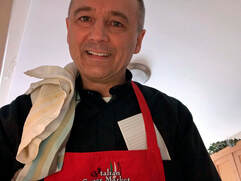 Fr. Marek Paczka, SDS. Fr. Marek Paczka, SDS. Shareable and delicious, pizza is a dish for friends. Parishioners and staff at St. Joseph’s in northwest Calgary know this from experience. This year their priest, new to the parish since August 2020, served them up over one hundred of his own homemade pizzas, spread over several occasions. Fr. Marek Paczka described himself as “not a cook,” but nonetheless decided he might be able to learn to make something as simple as pizza. The story behind the pizzas is both sad and hopeful. Fr. Marek spoke about an Italian couple who befriended him when he was a parish priest in Port Alberni, BC. “They invited me to dinner and we became friends. I would dine at their house at least once a week for 15 years, even when I moved parishes and had to drive 110 kilometers.” Having fallen in love with Italian culture while spending 2 years in Rome, Fr. Marek found it easy to spend time with this special couple and their friends around the dinner table, and was even included on special occasions like Christmas and Easter “There is something about sitting down together and just facing each other,” he said, adding that in Italian culture it is common for families and friends to spend thousands of hours together at the table. He spent many hours with his friends eating wonderful meals at dinner parties, and mentioned mushroom picking and enjoying produce from their vegetable garden. This past year, the husband half of this couple passed away fairly suddenly from cancer. Fr. Marek was shocked. “I didn’t make it to see him before he died,” he said, “but I did make it to his funeral.” Because he wanted to preserve something of the friendship he had with this man and his wife and guided by his feelings for Italian cooking, Fr. Marek said he asked another mutual friend, Elvia Orli, how to make pizza. “I could never cook the wonderful Italian meals that my friends made,” he explained, “but I thought I could try to make pizza,” he said. “I tried and tried and tried and it never worked. I gave up when my dough didn’t rise. I had done something wrong. But this year I thought I’d try again, so I phoned Elvia and asked her again for the recipe and had her tell me what to do. “I realized it was simple, and this time I was successful. I was shocked because I’m not a cook. It’s just flour and water, yeast and salt and a little bit of oil.  Fr. Marek delivered his pizzas to a parishioner's home. Photo: Fr. Marek. Fr. Marek delivered his pizzas to a parishioner's home. Photo: Fr. Marek. “I made four pizzas with ham and veggies and some chives from the garden here (at St. Joseph’s) and I tested it first myself, secretly. Then I shared with my secretary and eventually a few of the other staff. “Then one Sunday after Mass I shared pizzas with the parish.” Thus far, Fr. Marek has made over one-hundred-and-ten pizzas for various people in his parish. “I thought that once I’d made one-hundred, I could be comfortable with it.” “I was just fascinated by the fact that I was making pizza. I have used over 30 kilograms of flour, not to mention the meat and other ingredients.” Inspired by a friendship and helping his relationship to his parish, pizza making has become a hobby, though Fr. Marek said that cooking has never been his passion. He also cites the attitudes that bring communities together as another inspiration for the pizza. “I learned this growing up and also from my time building houses in Zambia, that material things are not as important as people. The poor appreciate things, and they have a culture of making things themselves, and sharing, contributing to community life.” “My mother grew up in a poor family and we were poor, but she shared what she had, and I suppose I wanted to share what I can do with the people around me. There is a joy in helping someone with the essentials, and I guess I am feeding people.” A few parishioners had great things to say about Fr. Marek’s pizzas, “The pizza is delicious, writes Susan Couture, “but what makes it so special is the love that goes into it. “The topping is always a nice surprise. We had one that had leek on it which I’ve never seen on a pizza before but it was delish.” Mia Drewniak writes, “I love the crust and the healthy toppings. Lots of garden herbs and even leeks made it on to the pizza. Inspiring!” Out of a desire to honour dear friends, to honour a mother’s example and to serve his parishioners, Fr. Marek has in a unique way brought together tradition and connection.
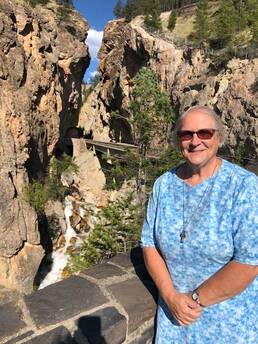 Sr. Madeleine Gregg, fcJ Sr. Madeleine Gregg, fcJ This is a story of how a chance meeting changed the trajectory of my faith journey. We are all on a faith journey, whether you believe you are or not. I had always felt ‘Catholic’ because I had attended Catholic elementary and high school in Saskatchewan but going through RCIA as a 19-year-old confirmed me in my faith and invited me to participate in a formalized way. When I became a teacher with the Calgary Catholic School District, my faith practices were supported by the district’s expectation that teachers attend church regularly. Later, when I became an administrator, I felt a keen responsibility to be the faith leader in my building. I was in a groove with my faith journey (maybe the groove was actually a rut!); I was comfortable where I was. I attended church regularly and served in a variety of roles in my parish. I was not looking for or expecting a faith trajectory change. Then I met Sister Madeleine Gregg, FCJ. I met Sr. Madeleine within the first week that she moved to Calgary in 2015 to work at the FCJ Retreat Centre. Sr. Madeleine is a Faithful Companion of Jesus and had moved from Tuscaloosa, Alabama where she had lived and worked for the previous 22 years. Dr. Gregg, as she was known to her students at the University of Alabama (Roll Tide!), taught in the Multiple Abilities Program where she guided pre-service teachers to reach their full potential in working with diverse learners. Sister Madeleine had a fulfilling career in higher education. She published more than 40 scholarly articles, many of which won awards from various organizations. Her latest (and greatest) publication is a children’s picture book. It tells about the youthful experience of the foundress of her congregation, Marie Madeleine d’Houet and what she learned by being sent to time-out when she was naughty. In the past five years, the people working at the FCJ Centre have reinvigorated it and are working hard to make known what they offer. Sessions aimed at spiritual growth, themed retreats and prayer experiences, on-line work, Spiritual Directors training, opportunities to make a retreat based on the Spiritual Exercises of St. Ignatius of Loyola, and many other initiatives keep the place hopping. My faith journey continued on an upward path, greatly aided by Sr. Madeleine, who suggested I make a specially designed retreat, called ‘Jumpstart Your Prayer Life’ silent retreat. I was really nervous about doing a silent retreat and was sure I wouldn’t be able to keep from talking for an entire weekend. But I did keep quiet except when I was sharing the results of my prayer with Sr. Madeleine. I loved it! At a different time, the ‘Take a Break’ silent retreat was an enlightening experience, filled with Sr. Madeleine’s suggestions for scripture reading. Recently, I made another silent weekend retreat, under the direction of Sr. Ann Marie Walsh, also an FCJ Sister who works at the Centre. Retreats are special times. In between, additional work in spiritual direction has also been a source of knowledge and growth in faith. In these sessions, I can explore my actual beliefs and really think about how I am integrating my faith with my life. Spiritual direction is another regular practice that helps me unravel the word of God. It is hard work to stay in my inner world and sort out what I really believe from what I think I believe. From my chance meeting with Sr. Madeleine in an elevator as we traveled one story of the Telus Convention Centre at the District Opening Mass, to now where a cherished friendship exists, it has been a pleasure to learn and work with her. As a principal in the Calgary Catholic School District, I have had opportunities to be shaped by her teaching at school as she visited and taught students about a variety of faith-formation topics. Special times have also been shared at my cabin in Invermere, sometimes on retreat and sometimes filled with jelly making and flower-bed transplanting. To say that Sr. Madeleine has changed my life is an understatement. She is faith-filled, inspiring, and energetic. As a convert to Catholicism herself, her personal testimony is awe-inspiring and her faith in God is unwavering. Being in her presence has ignited a spark in me to develop a faith more like hers and to share it with others. Thanks be to God!
The early-spring sun is barely risen when the six Sisters of the Precious Blood monastery in Calgary make their way to their chapel for morning mass. As the day progresses, the sisters will gather in the chapel four more times to pray the Liturgy of the Hours, an official Prayer of the Church, which sanctifies the day with prayer. Each woman will also spend 30 minutes in private prayer and adoration before the Blessed Sacrament. They use those precious minutes to pray for the needs of the Church, especially the Roman Catholic Diocese of Calgary, and to ask God’s blessing on the world. They also devote that time alone to pray “for the people for whom we’ve promised to pray,” explains Sr. Margaret Nadeau. Many of those prayer requests are posted on the chapel door, a physical reminder that those who live in this cloistered religious community are purposefully devoted to the world from which they’ve chosen to live apart. 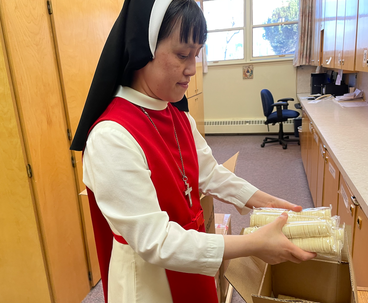 Altar breads Founded in Quebec in 1861, the Sisters of the Precious Blood was the first contemplative community established in Canada. In addition to the founding monastery in Saint-Hyacinthe, Quebec, the order has houses in Calgary, Regina, London and Hamilton, plus two monasteries in the United States and two in Japan. As well as praying for the people in the communities where they live, the Sisters of the Precious Blood monastery in Calgary plays a tangible role in supporting parishes across the diocese. While the Calgary convent stopped baking altar breads several decades ago, the sisters still receive regular truckloads of hosts baked in the order’s Hamilton house. Once in Calgary, the large cartons are unpacked into smaller boxes of hosts according to the needs of the parishes. Parishes typically pick up these smaller boxes from the monastery, which is located in Erlton, just south of downtown Calgary. Some boxes are also shipped to parishes in other dioceses. The pandemic disrupted this aspect of life in the monastery. While orders for hosts fell in the early weeks of the COVID-19 pandemic, a few parishes in Calgary also were over-supplied. With Calgary’s diocese supporting public health protocols, that extra supply more than sustained the parishes when offering regular masses with fewer parishioners became the norm. “One of the main sources of our income has been the sale and supply of hosts, but demand changed when the pandemic started. Orders are starting to pick up a little now and that’s good as our Hamilton house has hired lay staff and we want to keep them working,” says Sr. Nadeau. A native of Medicine Hat, she joined the Sisters of the Precious Blood 63 years ago this month. “For me, it was a way to embrace the total church in a life of prayer.” Month of the Holy Eucharist All Catholics are called to join that embrace in a special way during the month of April, which is dedicated to the Holy Eucharist. April was chosen because it typically includes Easter Sunday. (Even when Easter falls in March, the entire month of April is part of the Easter season.) The dedication to the Holy Eucharist is a daily commitment for the Sisters of the Precious Blood, whose charism focuses on adoration of the Blessed Sacrament. While some of the order’s houses across Canada could not have daily mass during the pandemic, that wasn’t the case in Calgary. In the early days, Bishop William McGrattan did restrict the list of visiting priests to two individuals. Over time, those restrictions were changed to allow more priests to say mass at the monastery. For now, visitors cannot participate in the holy hour celebration the monastery hosts every Thursday evening. The sisters understand, but miss sharing this special hour of prayers and singing with others in the faith community. “In some ways we’re probably one of the groups of people that has been least affected by the pandemic and for that, we’re grateful,” says Sr. Nadeau. “We live a cloistered life with or without the pandemic and life here goes on every day, with our life of prayer still the biggest thing for us. We just keep on every day, just like we did before.”
“Why did you become a Religious Sister?” I was recently asked this question by a young woman, and I thought: “How can I answer that in one sentence?”, knowing that we had a very limited time to speak. “It was because God called me,” I said. She responded, “I know what you mean. God called me, too.” I elaborated, “I fell in love with Jesus and wanted to give my whole life to Him.” I have often wondered why so few young women are becoming Religious Sisters. Is not God still calling young women like He called me? What do I need to do to help them open their hearts, to hear His Voice, and to answer as St. Francis of Assisi did when he heard the Lord call him to live the Gospel life: “This is what I long to do with all my heart!” I heard the call to give my life to the Lord when I was 16. In the very core of my being, I knew that the Lord wanted me for Himself and that all my incoherent longings would be fulfilled in Him. Since my call to be a Religious Sister was completely tied up with my newly identified Franciscan way of being, I read all that I could about St. Francis and St. Clare of Assisi and was drawn more deeply into the way of life that would eventually lead to becoming Catholic and entering the Franciscan Sisters of St. Elizabeth. Becoming familiar with the Scriptures and the lives of the Saints are extremely helpful ways to figure out what spiritual identity the Lord has given us. Spending time with Jesus is also essential in developing a life-giving relationship with Him. I used to take the family dog for a walk so that I could pray alone without anyone asking me what I was doing. The dog was most uninquisitive and non-judging. I would also recommend finding a quiet place that speaks to you of God. St. Francis liked to frequent caves in the hillside and deserted chapels. I also was blessed to have helpful spiritual people with whom I could talk about what was going on in my relationship with the Lord. Some of these were friends around my same age. Some were older people who helped to guide me in a good direction. Spending time with the Sisters, working alongside them, praying with them—these were all beneficial activities that aided my discernment that this was the community that the Lord wanted to me join. These Sisters were not young. I did not join these Sisters because they were young. They were vibrant, faith-filled women who had given their lives to the Lord, who were living their consecration in their ordered, stable, prayerful, loving, communal, hard-working, Franciscan way, and I loved them for it. So, I ask the young women who are reading this: What do you long to do with all your heart? Written by Sister Dianne Turner, OSE
Franciscan Sisters of St. Elizabeth Photo courtesy of Sr. Dianne Turner. In his homily for the World Day of Prayer for the Consecrated Life in 2020, Pope Francis said, "Men and women religious, who live to imitate Jesus, are called to bring their own gaze into the world, a gaze of compassion, a gaze that goes in search of those far-off; a gaze that does not condemn, but encourages, frees, consoles; a gaze of compassion." That Jesus had compassion on the people is something that we hear more than once in the gospels. The more we come to know Jesus through praying with the gospels, the more we recognize his compassionate love for us individually and for all the world. Young people who want to know God's plan for their lives would be helped in their discernment by placing themselves in Christ's loving gaze. There they can come to know more of who they are and the gifts that they could be using to 'encourage, free and console' others in the form of life that is their vocation. For myself, I grew up in a Catholic family in which prayer, participation in Mass and helping others nourished my faith. By Gr. 10, I was certain that God wanted me to be a Sister and since many of our teachers were Faithful Companions of Jesus and I was attracted by their way of living, I asked to enter in the middle of Gr. 11. The training I received to pray with Scripture and the courses I took over the years to understand the Bible more all enabled me to develop a deeper relationship with Jesus. By living the vows of poverty, chastity, and obedience in community, I have been gifted with countless experiences with people of different cultures in different countries. We religious pray often that more young men and women will hear God calling them to serve him through a lifetime of dedication as priests, brothers or sisters. If those young people feel drawn to a particular way of serving, they are encouraged to contact one or more of the communities in our diocese. They may find a sense of being at home when the spirit of a given community matches the gift of the individual. Please join us in prayer for vocations to the priesthood and religious life especially on February 2, the Feast of the Presentation of the Lord, and on the weekend of Feb. 6-7, the World Day of Prayer for the Consecrated Life.
Every call to religious life is personal. We all have our individual way of coming to know what we want for our life. For me, Sister Ernestine Miskolczi, SSS, this awareness happened very early in life. I remember very well that when I was about five years old while visiting relatives, three-year old twin girls were dressed up as nuns by the older girls. Being shy and perhaps a loner I was sitting on the stairs looking at the twins and thinking to myself that they will not be ‘nuns’ but I will. During my growing-up years we had Sisters who would teach us catechism during the summer holidays. These Sisters seemed always happy and that is what I wanted for my life. My teachers during high-school were all Sisters who further impressed me and helped draw me to thinking about this life style for myself. Needless to say, there were some handsome young fellows who held my hand and touched my heart but could never draw me away from my first choice. In high school I had come to know a couple different communities of religious life. The first one that I had come to know was the one that I chose to enter right out of high school. I grew up in the wide-open spaces on a farm in Saskatchewan with blue skies from horizon to horizon. When I entered the noviciate of the Sisters of Social Service I had to move to the big city of Hamilton. Wide open spaces were gone. Three months later we were going to see Niagara Falls; what joy filled my heart, I could be in the open spaces for a while. To my great disappointment we didn’t see much open space as there were buildings practically all the way to the Falls. I soon learned that religious life wasn’t all peaches and cream. It had its ups and downs as all life does. For over sixty years of ministry in God’s service as a Sisters of Social Service I enjoyed twenty years of as a teacher in Ontario and Saskatchewan, thirty years of parish ministry in three different parishes in Calgary, and several years of volunteer work wherever I can. I am blessed indeed in many ways. My other works took me to see the Holy Land twice, visits to Europe three times, to Mexico three times, Los Angeles seven times. Who can want for more?
February 2nd is the Feast of the Presentation of the Lord. It is also the World Day of Prayer for Consecrated Life. To me, this feast meets a need to give praise and thank the Lord for the gift of the Consecrated people in the Church, which belongs to the sanctity of the Church, as Saint John Paul II once pointed out. On this day the prayers of the entire Church are dedicated to every consecrated person, giving thanks to God the Father, giver of every good, for the gift of this vocation. This feast offers the opportunity to appreciate the testimony of those who have chosen to follow Christ through the practice of the evangelical counsels by promoting understanding and appreciation of the Consecrated Life within the People of God. This day is also, and above all, a day to renew our commitment and rekindle the feelings that inspired and continue to inspire the gift of ourselves to the Lord. Throughout the history of the Church, men and women religious have been a light in the darkness by living out their various charisms, and this day, we find a beautiful opportunity to thank the Lord for their gift to the Church. Pope Benedict XVI once said: "In today’s feast we celebrate the mystery of consecration: the consecration of Christ, the consecration of Mary, the consecration of those who place themselves in the following of Jesus for love of the Kingdom of God." (Homily, February 2nd, 2012) May Christ Jesus bless all of us on this beautiful feast and may He continue to call many to serve Him in the practice of the evangelical counsels with a heart full of joy to serve Him and only Him. Vivit vero in me Christus - Gal 2, 20
Have you ever met someone that made a distinct impression? I think most of us could answer “yes.” Maybe that person didn’t do or say very much, but in their very presence or being, they made an impact, small or large. I first encountered a religious sister when I was in kindergarten. It was during Lent. Sister (the sands of time have eroded her name) was kind and gentle, listened intently to our five-year-old selves, and really seemed to know about Jesus. Until that day, I had not yet understood that Jesus had eventually grown from the baby I knew in picture books to the man who would eventually die on the cross for all of us. I remember feeling surprised and a little afraid of this new revelation, but Sister’s gentle demeanour and peace about the whole thing made me think that this grown-up Jesus must be quite wonderful, and then I was very curious. A quick online search tells me that Sisters of Providence of St. Vincent de Paul were nearing the end of their ministry in my hometown. Though I can’t recognize that sister from the photographs, I carry the memory of the day she illuminated Christ for me. I eventually forgot about her – in fact, this memory didn’t resurface until I sat down to write this story – but the imprint on my heart, the one about grown-up Jesus never left me. It is thousands of small moments like that one that mark the lives of many of us who live in the Diocese of Calgary – churchgoing or not – and exactly why a day of prayer for Consecrated Life is something to celebrate. World Day for Consecrated Life was founded by Pope John Paul II in 1997. Men and women renew their vows of poverty, chastity and obedience in parishes worldwide. “The vocation of consecrated men and women have been for our Church from her earliest days a living witness to the truth of the fact God alone is enough and it is ultimately He to whom we must cling now in preparation for an eternity of adoring Him forever,” said Fr. Cristino Bouvette prior to the renewal of vows at the St. Francis Xavier chaplaincy’s Mass. Spanning the front of St. Bernard’s church on the Feast of the Presentation, Calgary’s consecrated women, along with a few priests, echoed Anna and Simeon, whose words were shared in the gospel, in proclaiming God’s gifts and committing themselves to service of Him. “I didn’t realize there were so many sisters in our diocese,” a friend said to me after we’d welcomed representatives from some of the 28 communities of consecrated men and women within the diocese. Neither had I, I admitted, scanning the mostly unfamiliar faces. The answer to that may lie in the fact that many of them are continually at work with the poor, sick and marginalized, not on the doorsteps of suburban housewives. But if we made a little effort to venture downtown to the FCJ Centre, or west to Mount St. Francis in Cochrane we would find religious houses of peaceful retreat. Walk into St. Mary’s High School and you might find Sr. Dianne Turner, Franciscan Sister of St. Elizabeth teaching a class. Throughout our city and surrounding communities there are men and women of varying charisms working and witnessing to the love of Christ. Relatively new to Calgary, but friends with various parishes in our city are the Seeds of the Word Sisters, hailing from Brazil. Inspired by their community is Brittany Andreas, 19-year-old student at Mount Royal University. After connecting with campus ministries, reigniting her faith and looking to the future, she thought “I need to be open to everything. I can’t force my own vocation.” She began visiting the Seeds of the Word sisters’ home with a few other students. Soon, half-hour visits turned to two-hour heart-to-hearts. “Hearing the stories of how they came to consecrated life was really beautiful,” Andreas said, “It was also inspiring to know that they didn’t have perfect backgrounds either, because we all have mistakes that we’ve made.” I could relate, but was inspired by the courage that Andreas showed in considering the consecrated life. When I was the same age, I wanted to run away if a sister talked to me. Having few encounters with consecrated women in the flesh, my distorted view landed somewhere between my Dad’s stories of nuns reprimanding him in elementary school, the Sound of Music’s cloistered Carmelites and the singing nuns of Sister Act. Like Andreas, it was when I had real-life encounters with consecrated men and women that I came to realize my fear was baseless. In a conversation with Sr. Dianne Turner after Mass, I admitted to her that my impression of the consecrated vocation when I was younger and unmarried was that it meant being alone. I had many examples of Catholic wives and mothers to draw from, but not very many sisters. “Really in the end we are not alone because the Lord is with us,” she replied, “[We have] the angels, the saints, we are never alone. Even if we’re the only one left in our order, which will soon happen to me, but I don’t feel alone because the Lord is always with me.” In my collective encounters with people like Sr. Dianne or the Seeds of the Words Community, I soon realized that consecrated life also means being a part of and serving a community, and that like in a marriage, that community becomes a family of love. Sr. Dianne went on to say later in our conversation that what the young need is to pray and ask God what it is He wants. That is the very definition of discerning a vocation – listening for God’s voice. CCO missionary Chris Kokot, 24, like Andreas has been inspired by the sisters in Seeds of the Word community. “I’m thinking about their sabbatical year after my commitment to CCO is finished,” he said. Sharing about how he wants to pursue God’s call for him, he said, “I think the Church needs people who know Jesus in a personal way. Many people have barriers pop up for them when it comes to Church teaching, but people who truly know God the Father, the Son and the Holy Spirit and live it out are what we need more of.” Chris spends his days with CCO reaching out to students on our city’s post-secondary campuses, and getting to know them with the hope that they’ll come to know God. “You can know about God, or you can really know Him. There’s a difference,” he said. It is because of the similarities between charisms or gifts of CCO and the Seeds of the Word community that draws Kokot towards a possible time of discernment with them. Young, real and welcoming were key words in the rest of my talk with Kokot and Andreas, who felt like they could relate to the young sisters who throw snowballs and watch the same sort of movies. It is true that many of the religious we see in Canada are, as Sr. Dianne put it bluntly, “old.” “But I can’t help that I’m old,” she said honestly, wishing that the young might see past the age of many of our consecrated and see the beauty in the life. Her hope was to inspire women and men who might like to work in Canada, “there are so few sisters to start off with, and many young women, if they are called go online and find an order in the States. “What we really need is the witness of religious life here.” “There are so many wonderful orders,” she said of a few we discussed that are primarily in the United States, but we agreed that in our own nation, there is still good work to be done. In that spirit, Sr. Dianne and the Assembly of Women Religious have a retreat planned on March 7 to encourage women age 16-35 to come and get their questions about religious life answered from sisters representing several communities. It is with hope that we must look forward to a new generation of consecrated people, while we treasure the work and wisdom of the last. Written by Jessica Cyr
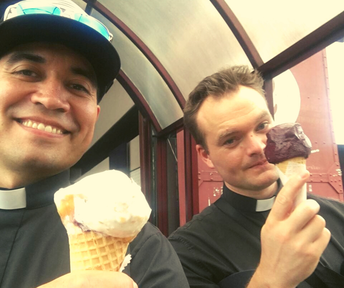 To be honest, when they first pitched the idea to me, I was already fairly certain that it wasn’t going to happen. “Would you ever consider travelling to Brazil, Father, to learn more about our community and experience our life?” Sister Mary Elisabeth asked me one day. Immediately turning them down proved not to be so easy, but I had my doubts about going. After additional time in prayer, discovering an utterly miraculous open block of time in my calendar precisely over the days the Sisters had invited me - with the bonus that my friend, Fr. Nathan Siray, former pastor and a friend of the Sisters was also invited - we decided to take the plunge! I could never have dreamed what God was already preparing for us down in Belém. I have sensed a growing need to better understand the unique charism of the Seeds of the Word Community considering their expanding presence in our diocese coupled with the growing interest of our young people in discerning with them. After less than five years in Calgary, there was already a young woman from the community of Vauxhall living in one of their communities and my trip down was going to afford me the opportunity to visit her and have some of my questions answered. Alissa Going was in Calgary to attend a day of prayer and discernment for women considering consecrated religious life in October 2014. In walked two sisters wearing their distinctive blue habits and white veils. Who were they? Alissa thought. Later, Sr. Mary Elisabeth would recount that they themselves didn’t know what they were doing at that retreat. Upon arriving in Calgary their only concern was tracking down a parish where they could attend weekday Mass and were delighted to be greeted by the familiar and smiling face of Sister Diane Turner, also surprised to meet young, habited sisters in her parish. Naturally, she invited them to attend the day of prayer with her several days later. For Alissa, that series of chance meetings would change her life. After learning more about their community, she decided to take up their offer to travel down to one of their houses in Brazil to experience what they call the Sabbatical Year. I asked Alissa to tell me more about what the year entailed and with her warm smile that beamed peace and her eyes closed, clutching her bible and notebook she said, “It’s a time when anyone is invited to give a year of their lives to God and let themselves be transformed by His Word in the heart of the Seeds of the Word Community.” She compared it to going to a year in Bible School or at the St. Therese School for Mission in Bruno, SK. The rest is history. For myself as our diocesan Director of Vocations, and for Fr. Nathan as Alissa’s former spiritual director, it’s hard to describe the joy we received having the opportunity, brief as it was, to witness Alissa’s life in the heart of the Seeds of the Word Community, but to also be welcomed into it ourselves. Pope Francis has often referred to God as a God of surprises. He surprised me with a trip to Brazil; He surprised Alissa with her vocation on a day of prayer; He has surprised the Seeds of the Word Community with the welcome they have received in the Diocese of Calgary. I can’t wait to see the surprises He has in store for us all through these Seeds! Written by Fr. Cristino Bouvette
|
Author
Catholic Pastoral Centre Staff and Guest Writers Archives
July 2024
Categories
All
|
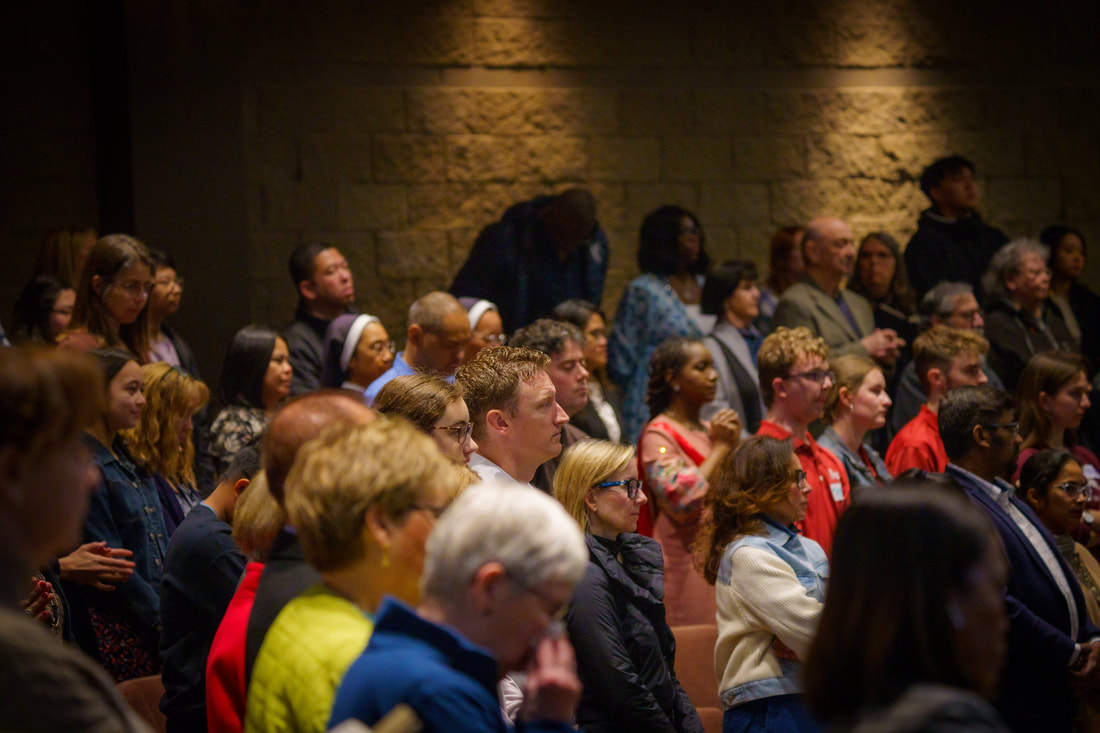
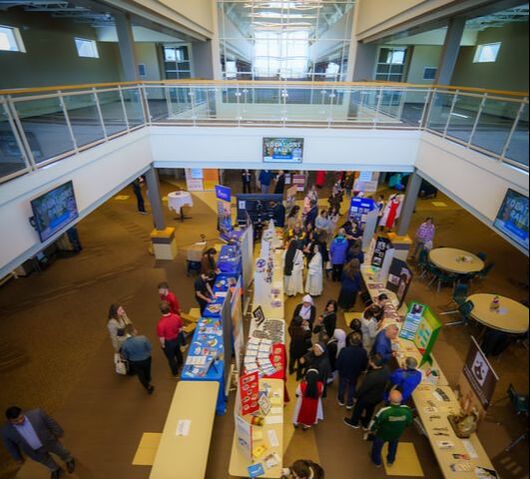
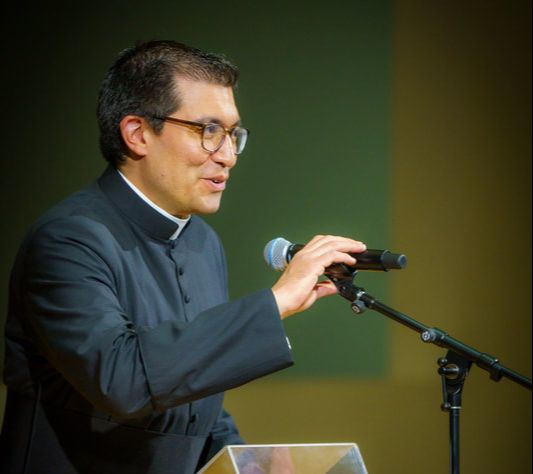
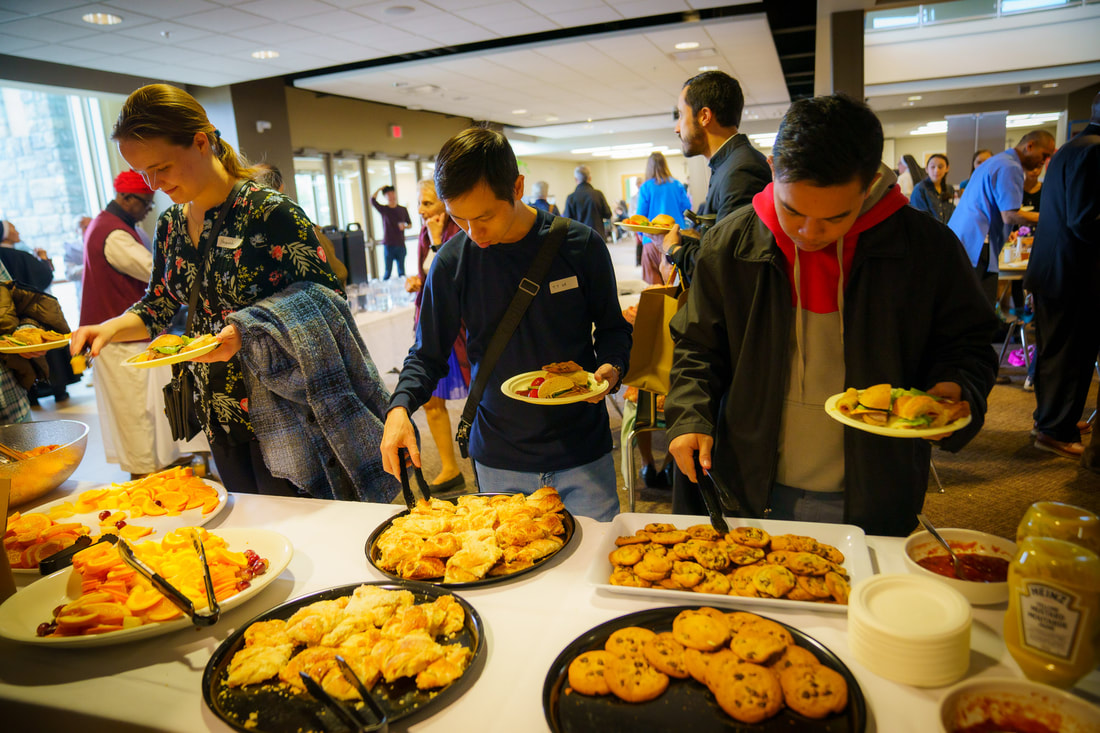
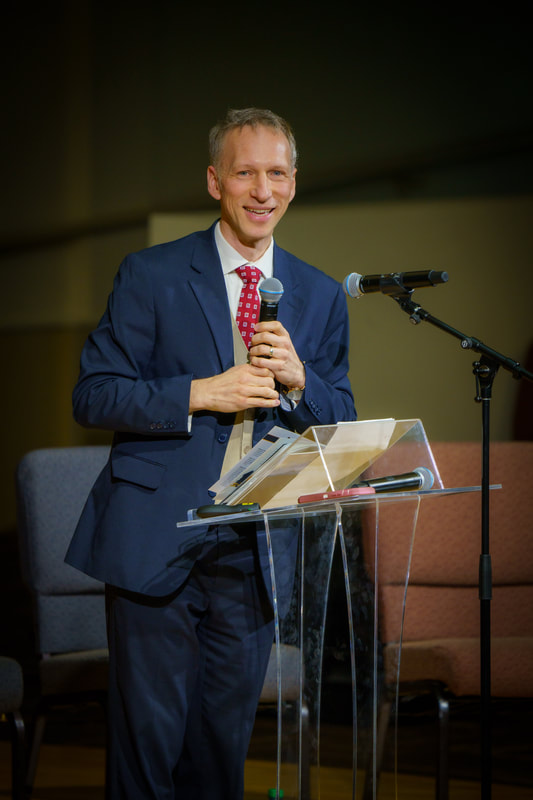
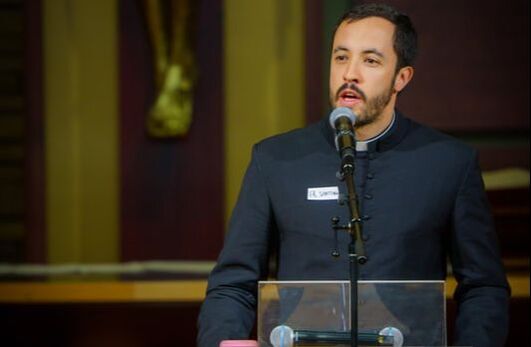
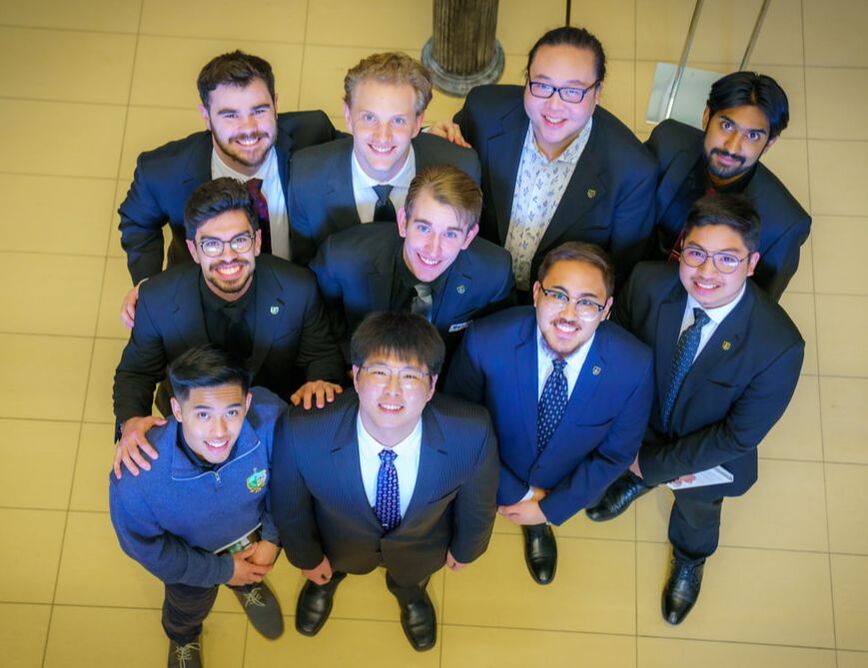
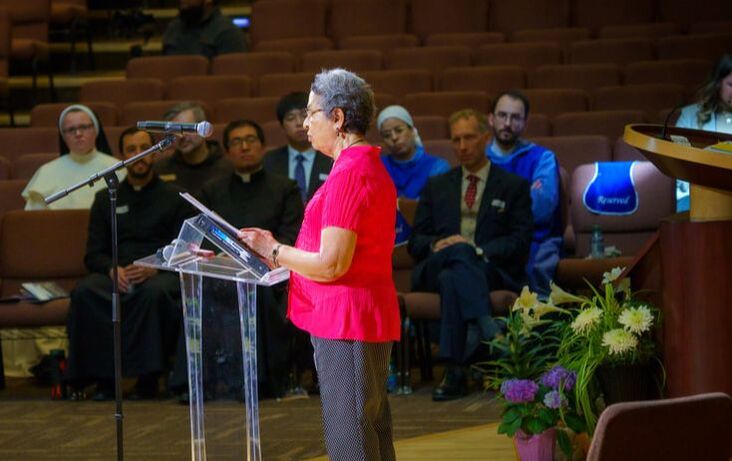
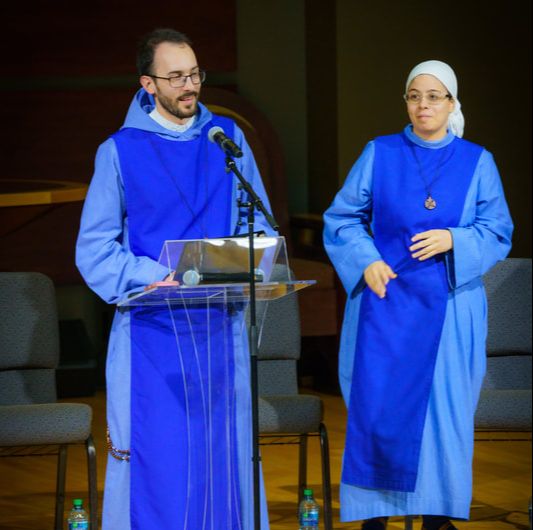

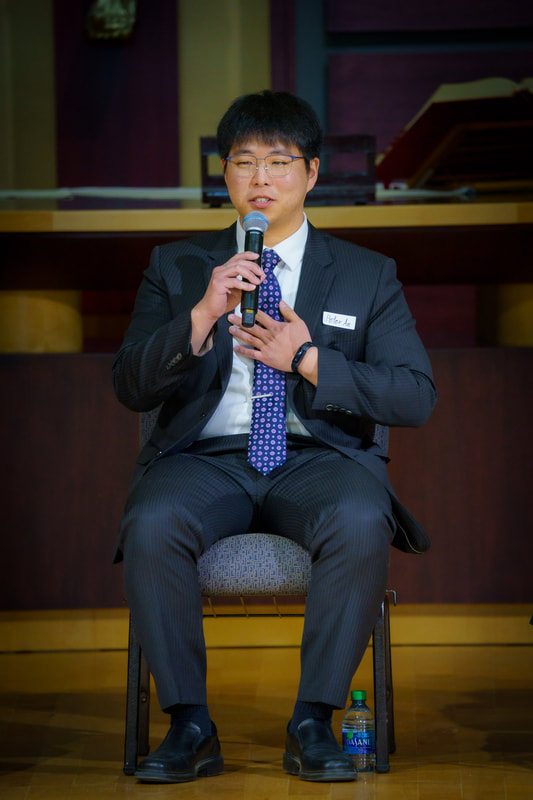
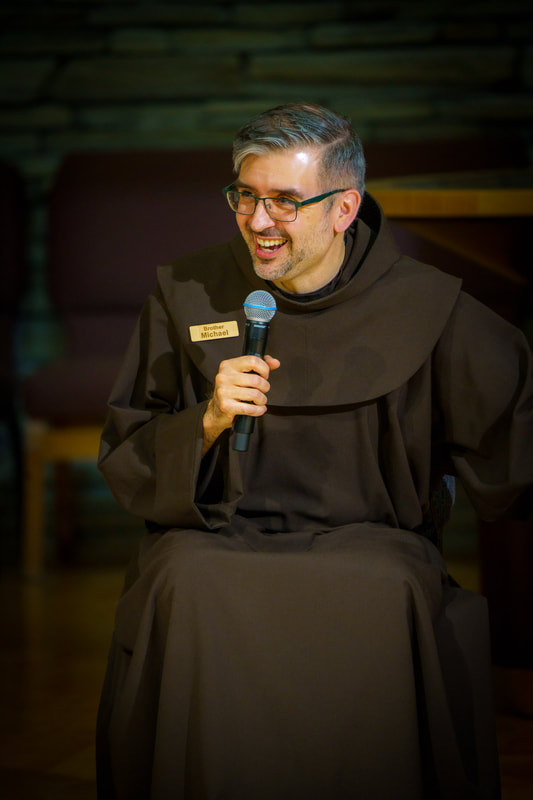
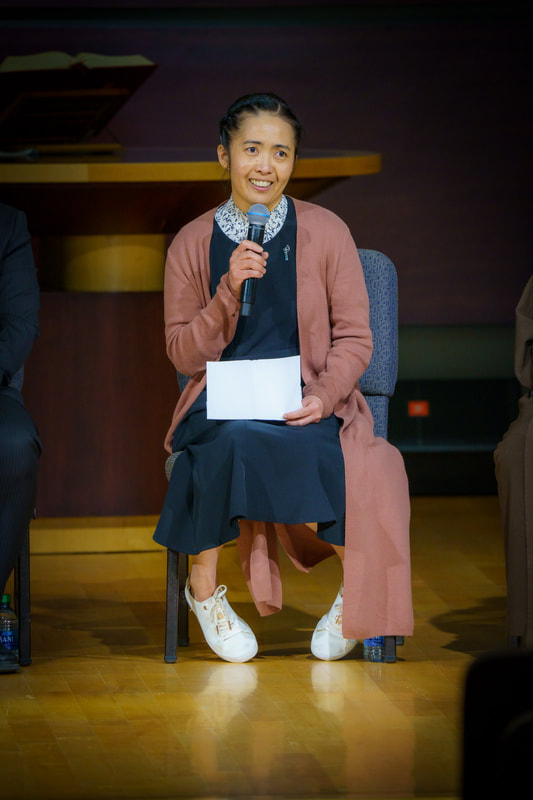
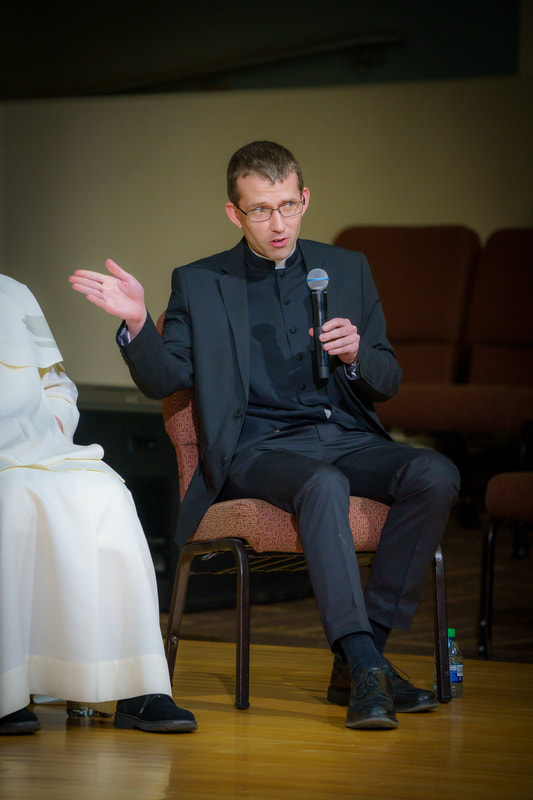
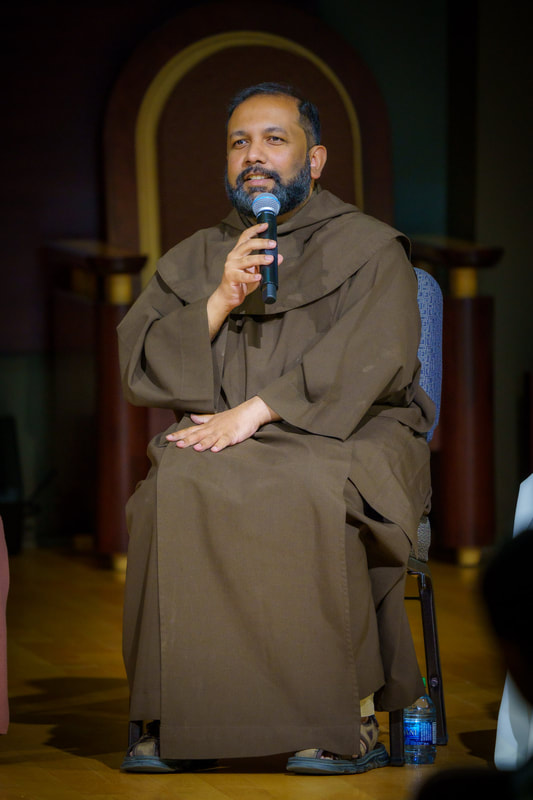
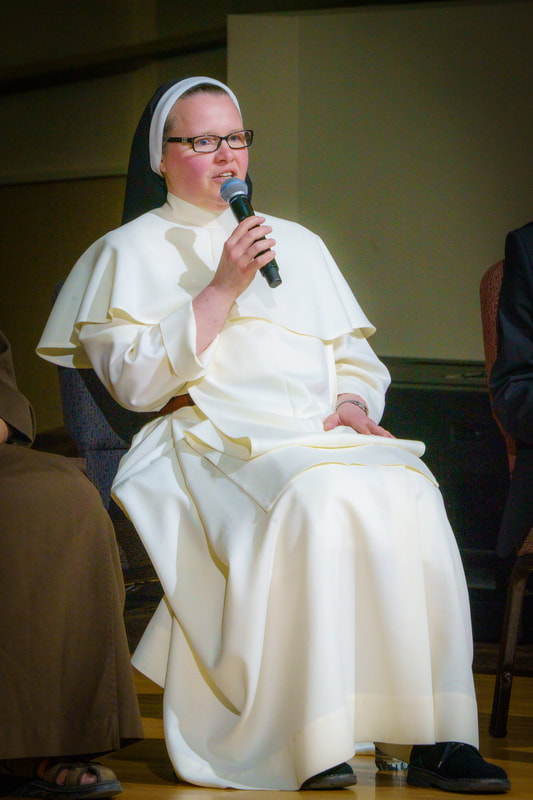
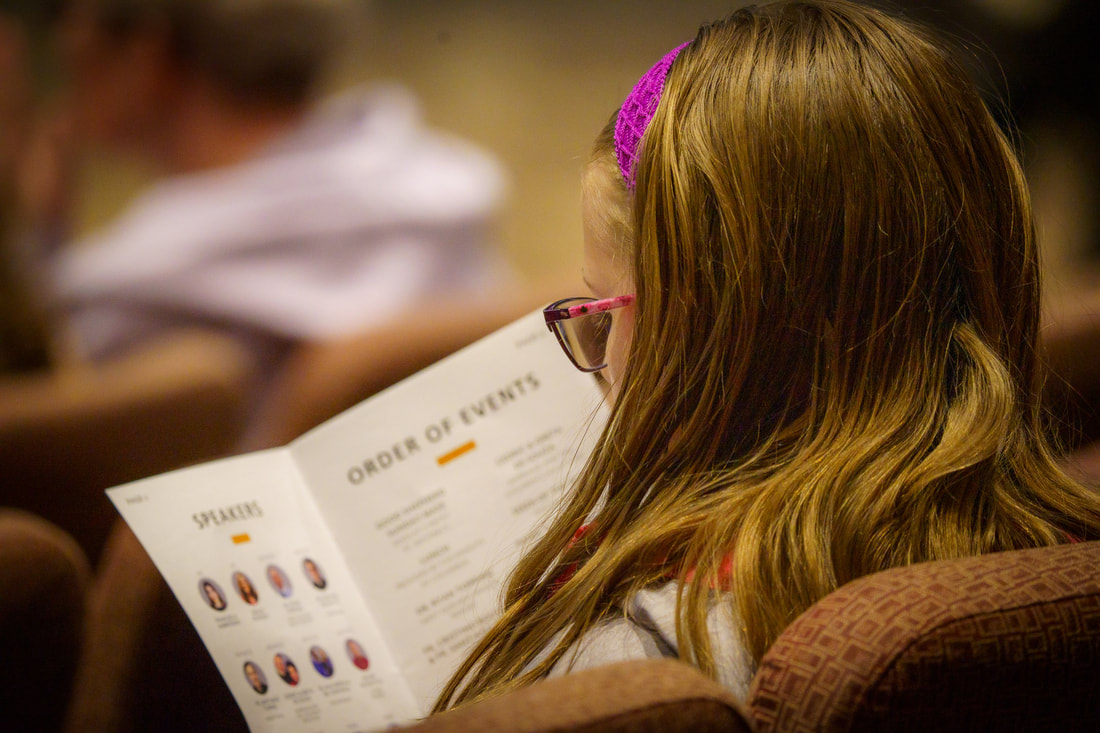
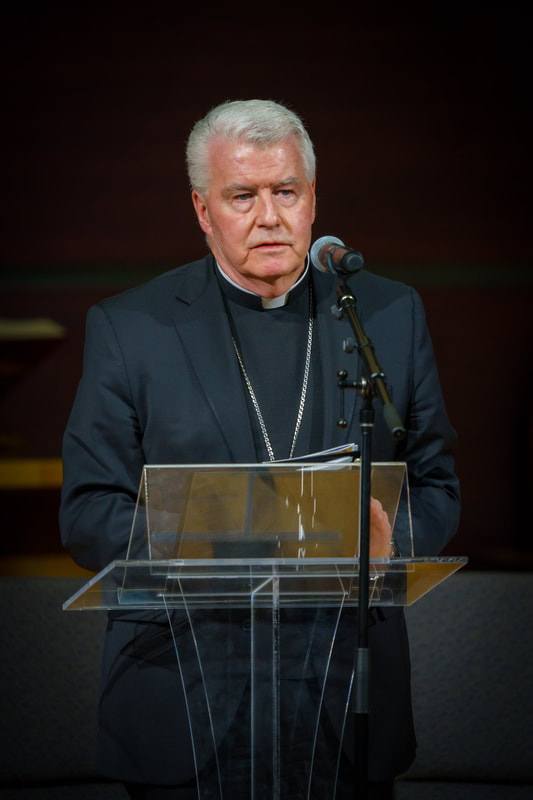
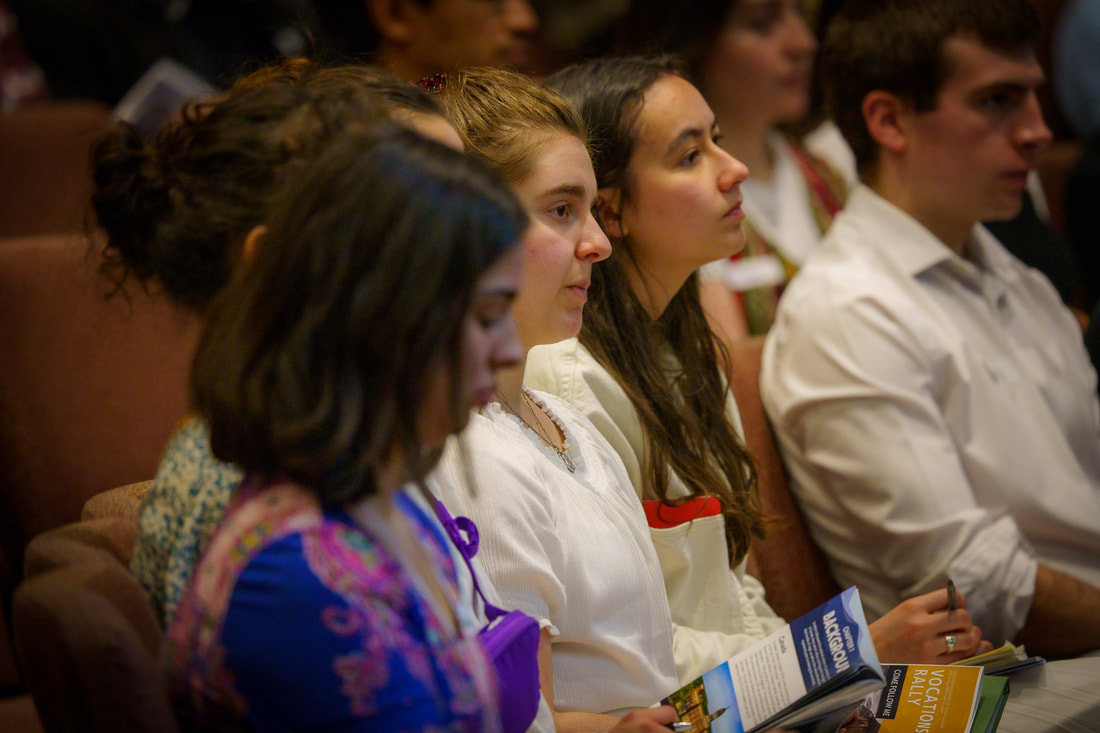
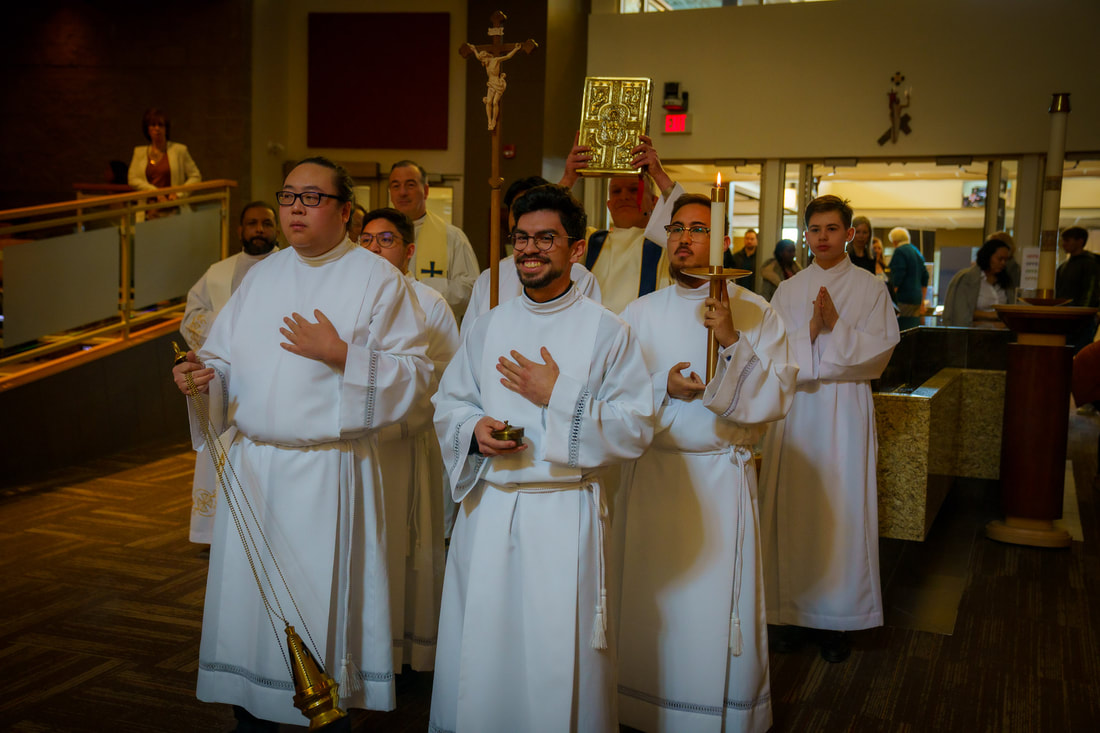
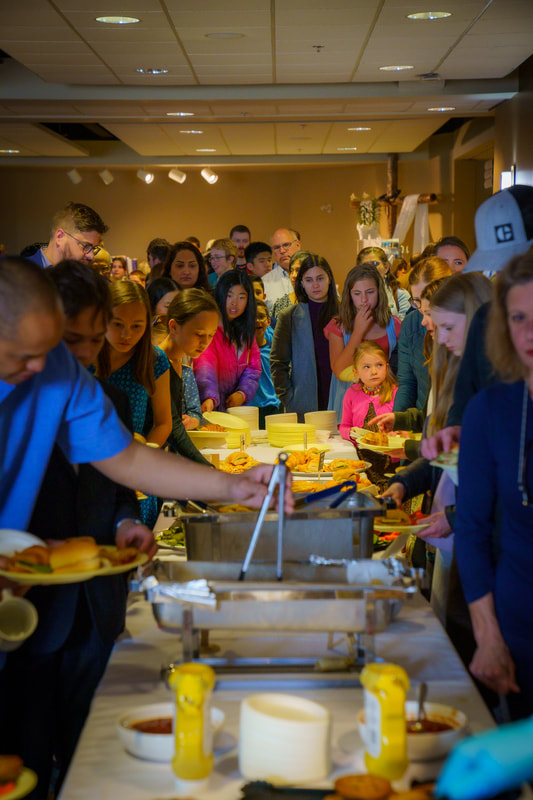
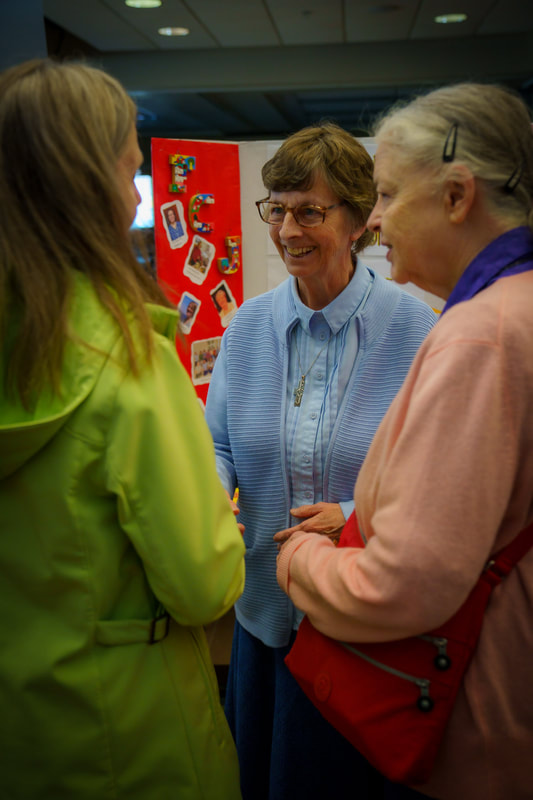
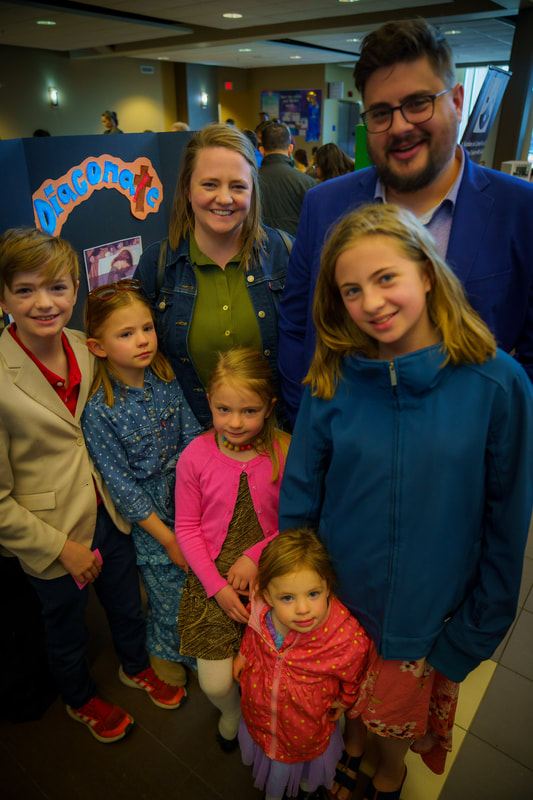
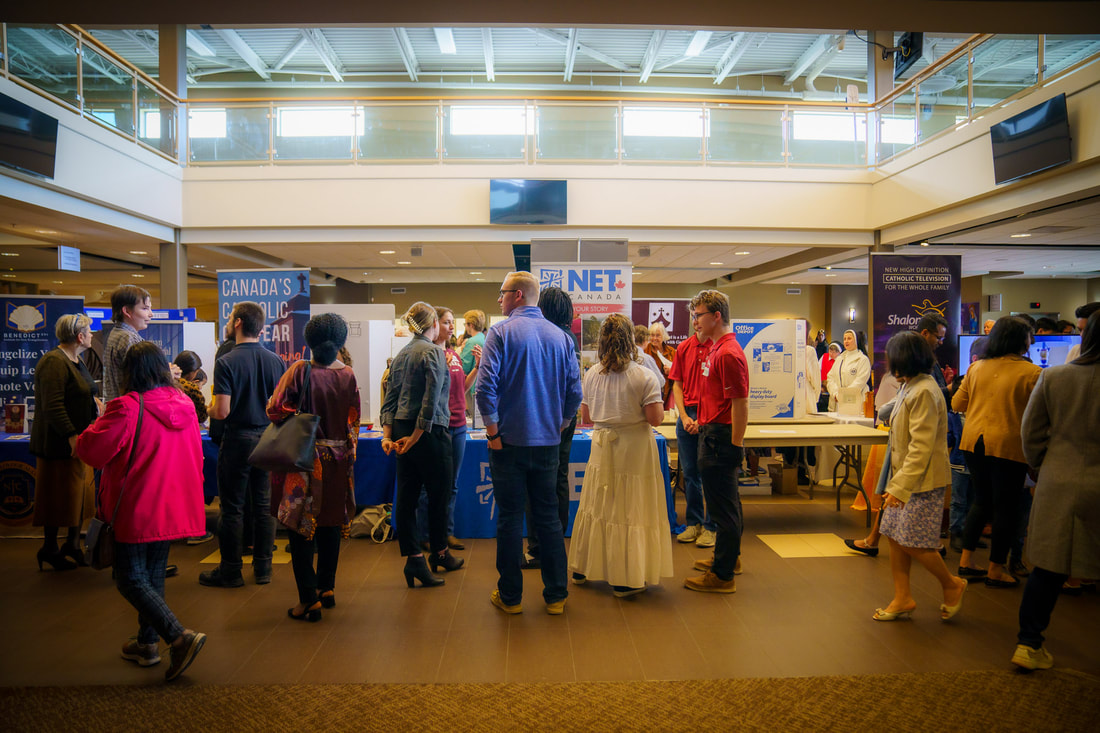
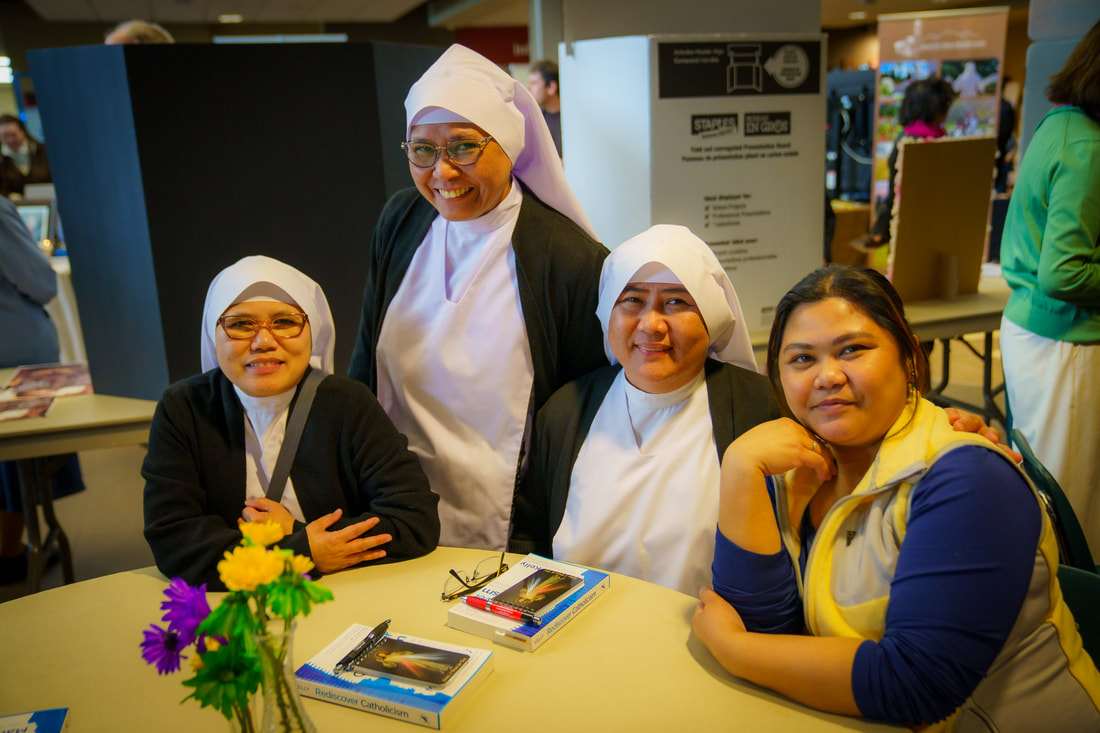
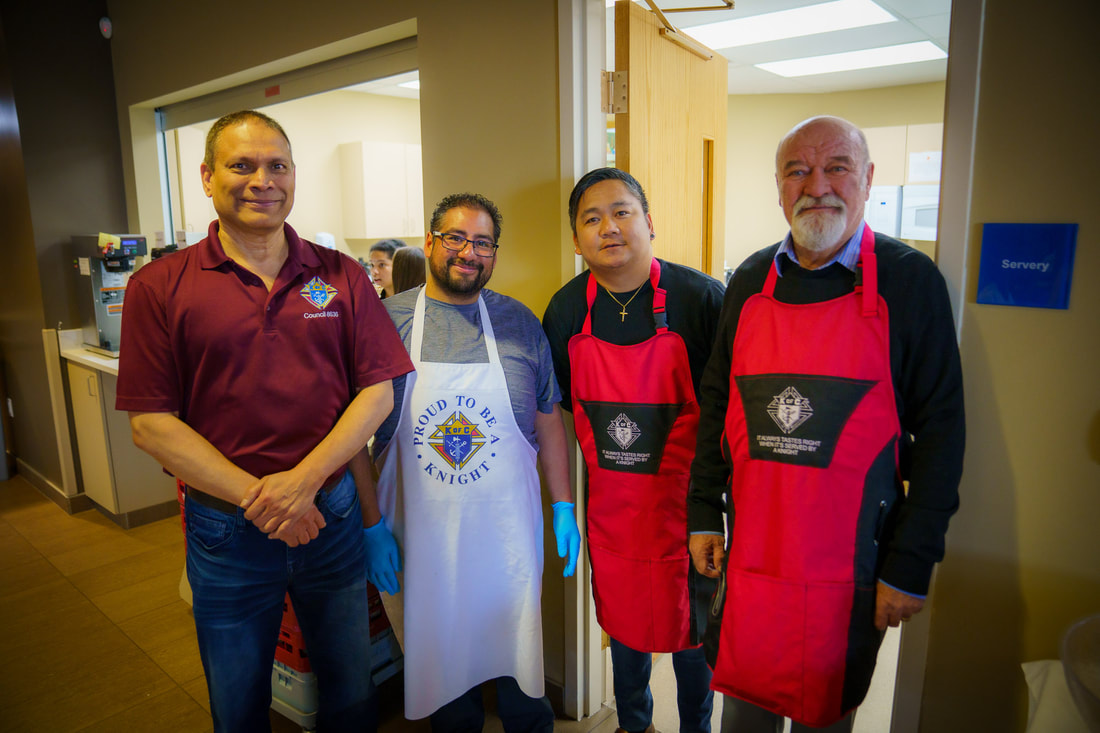
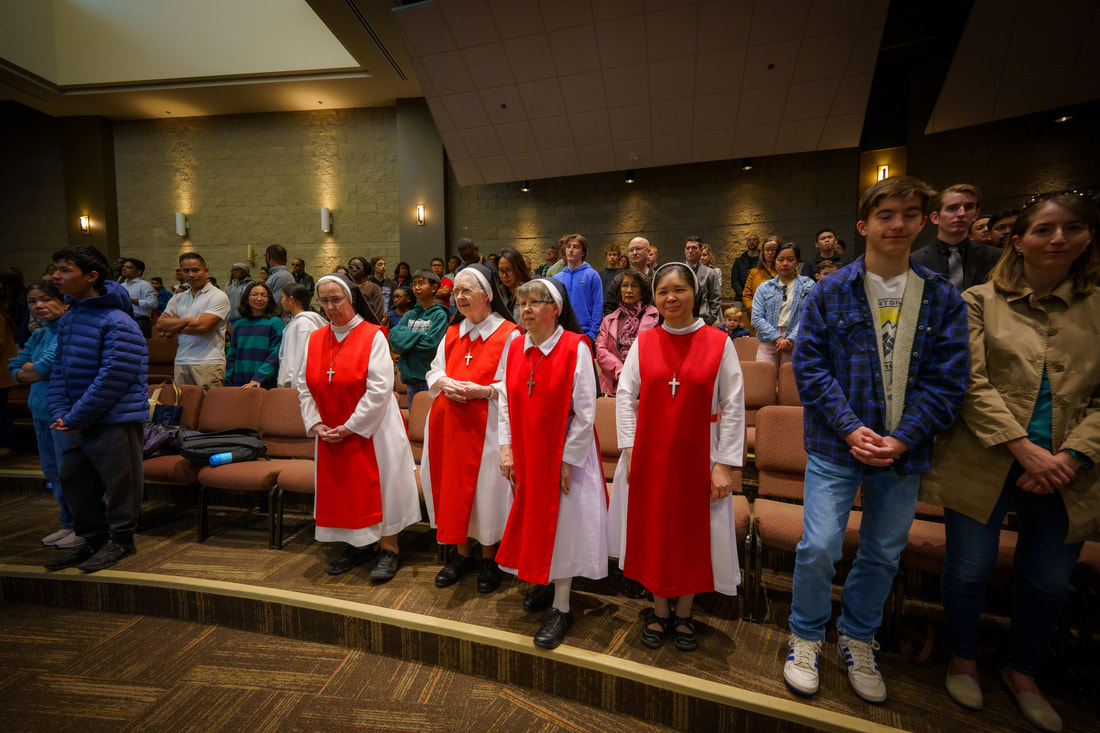
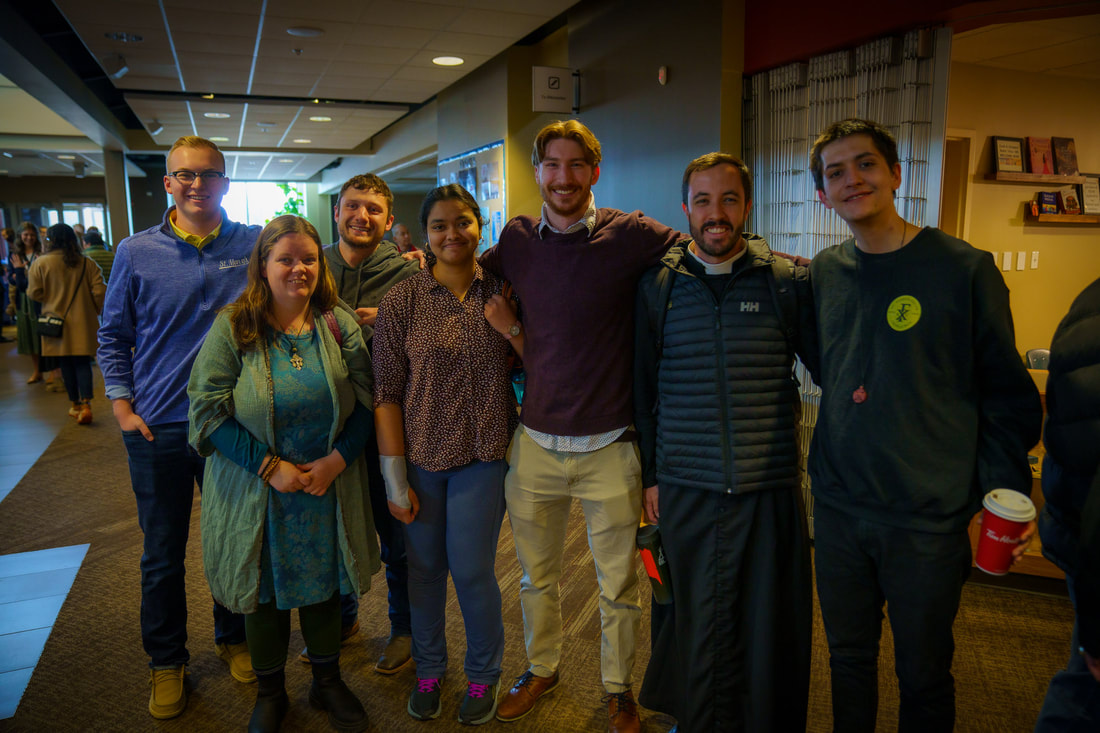
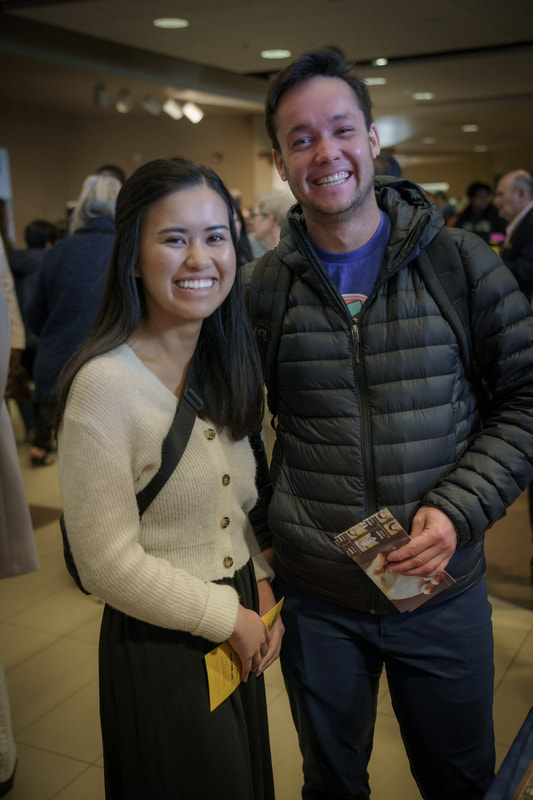
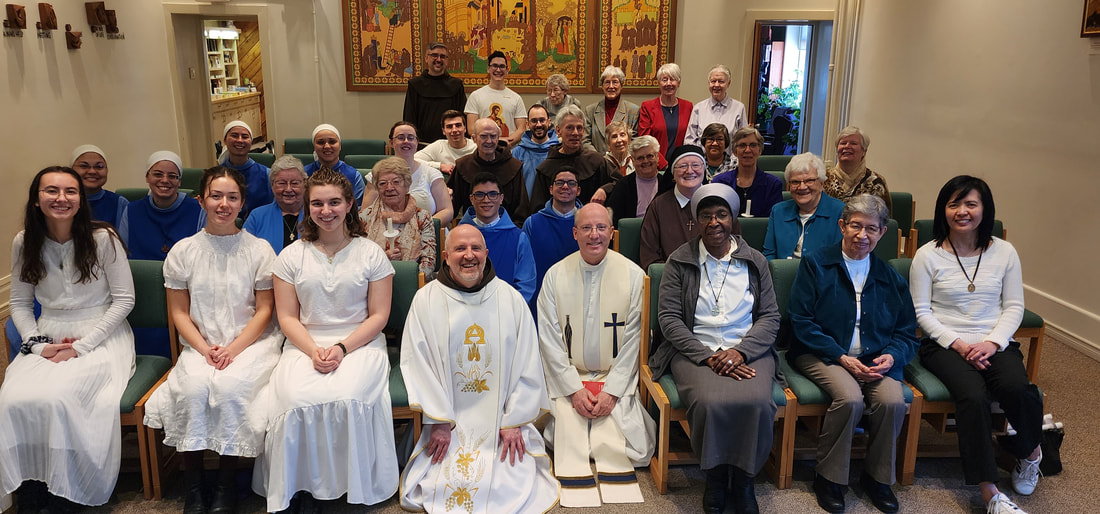
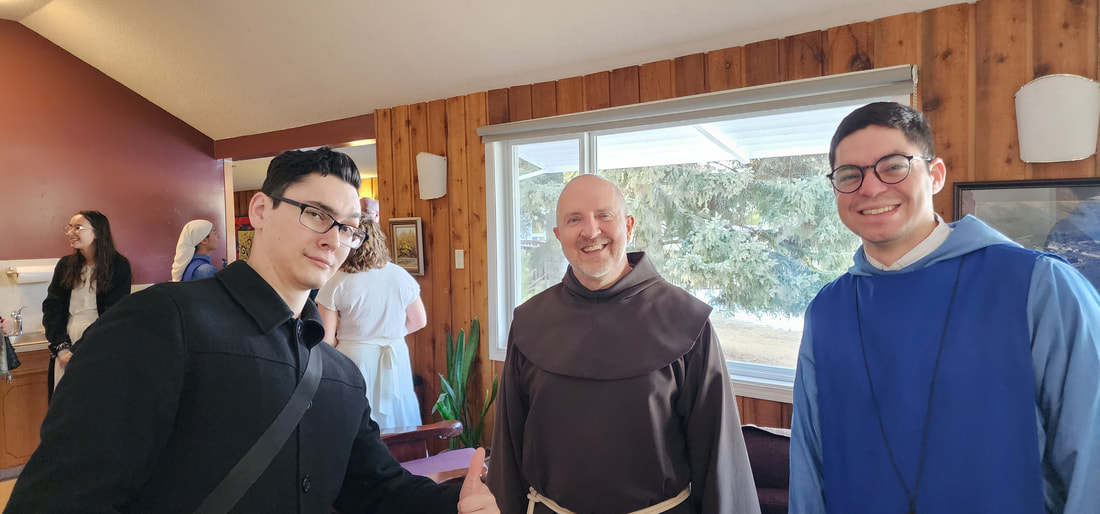
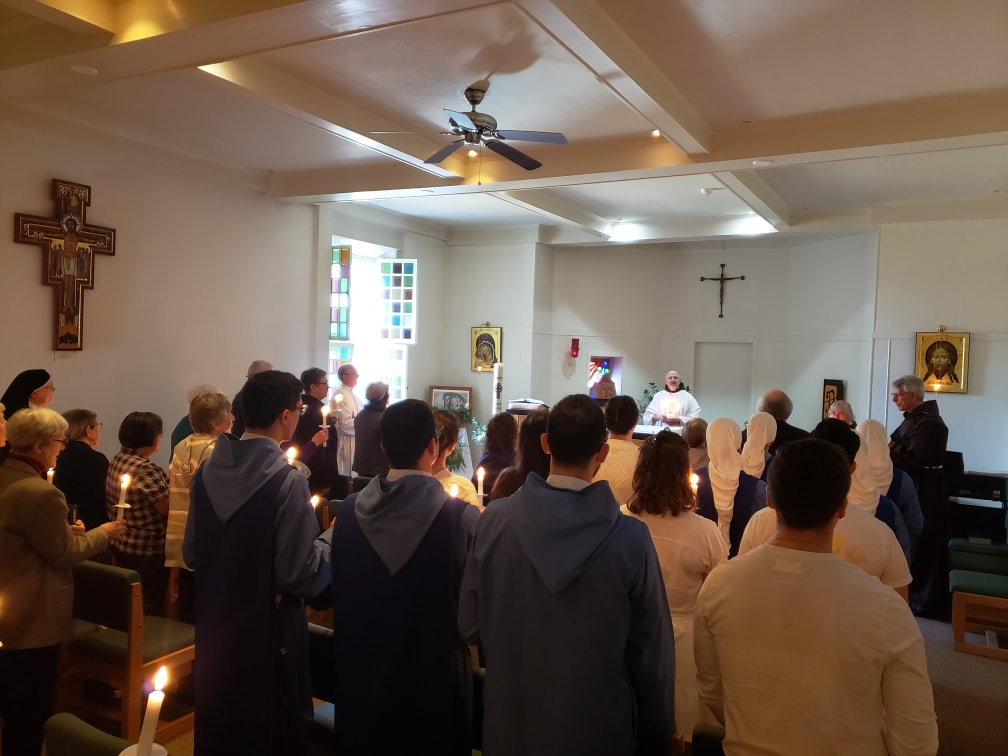
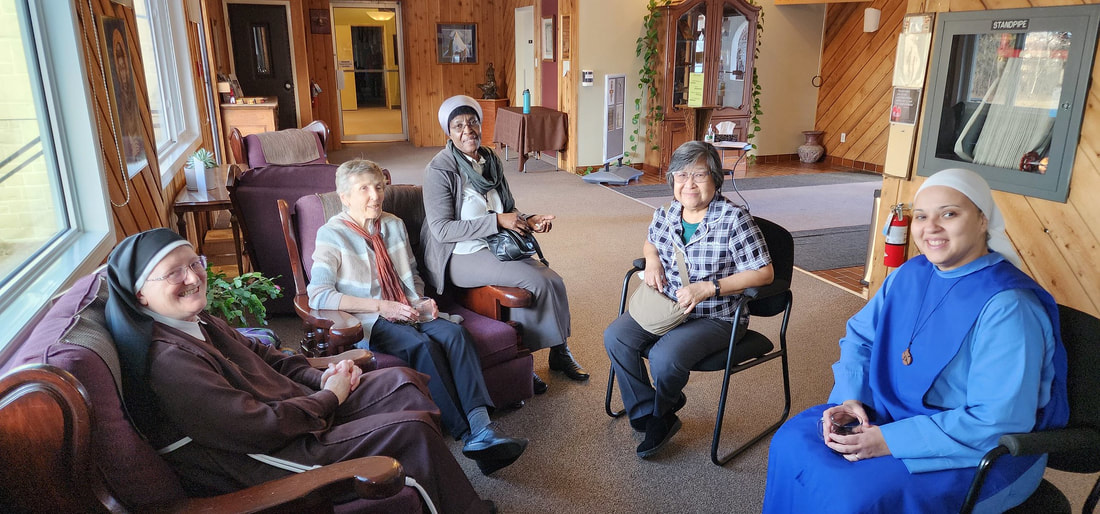
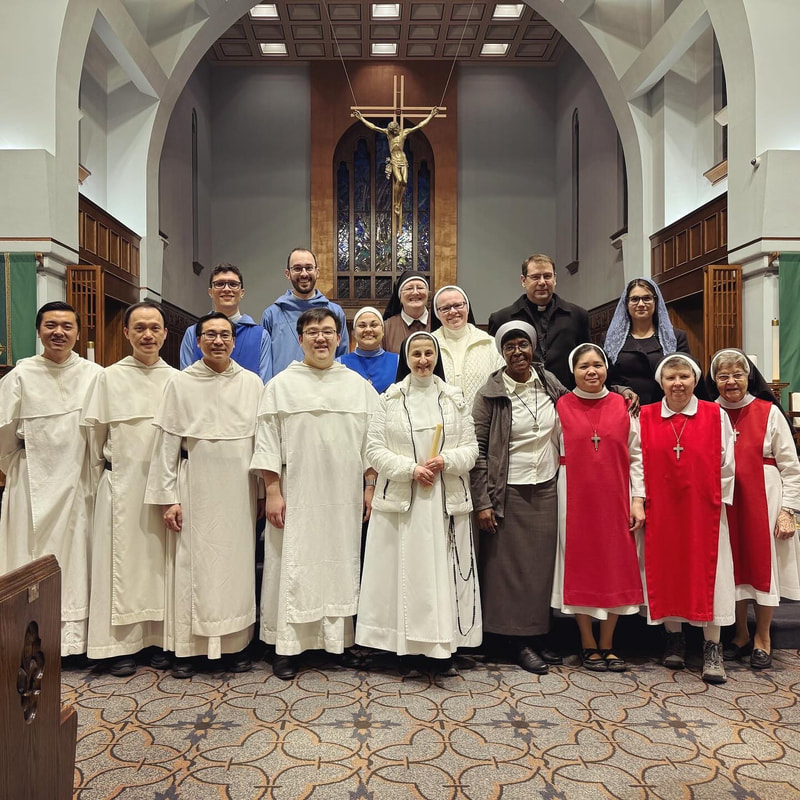
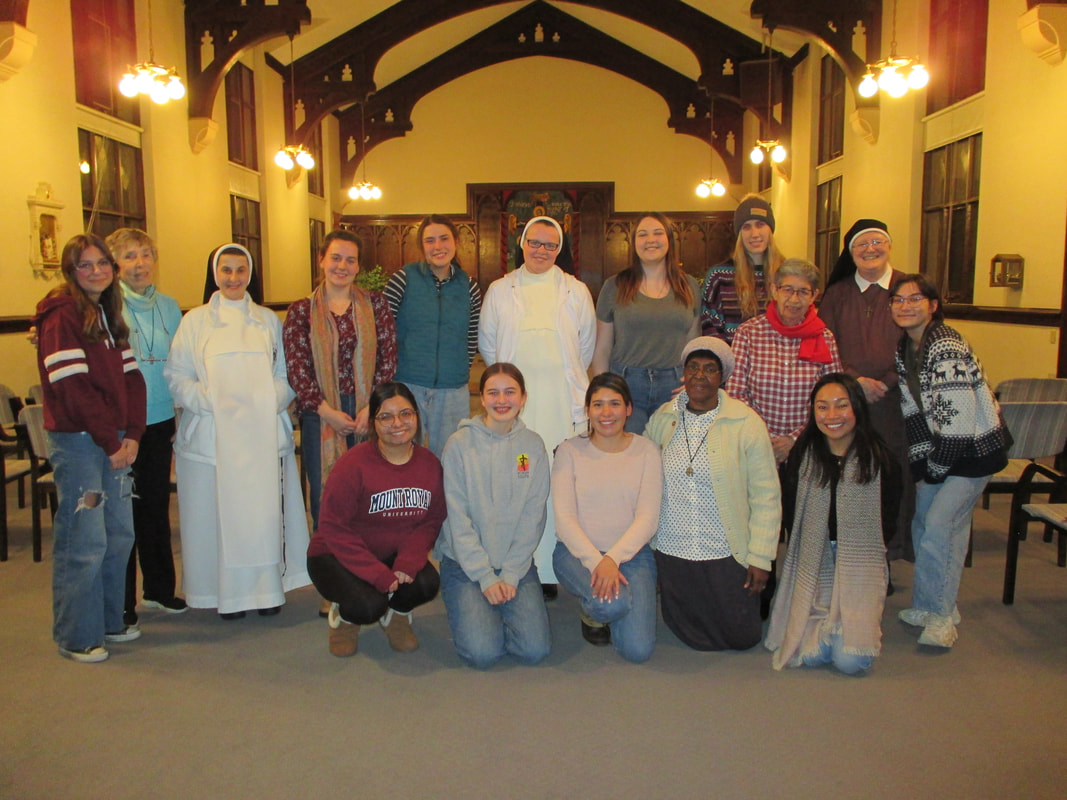
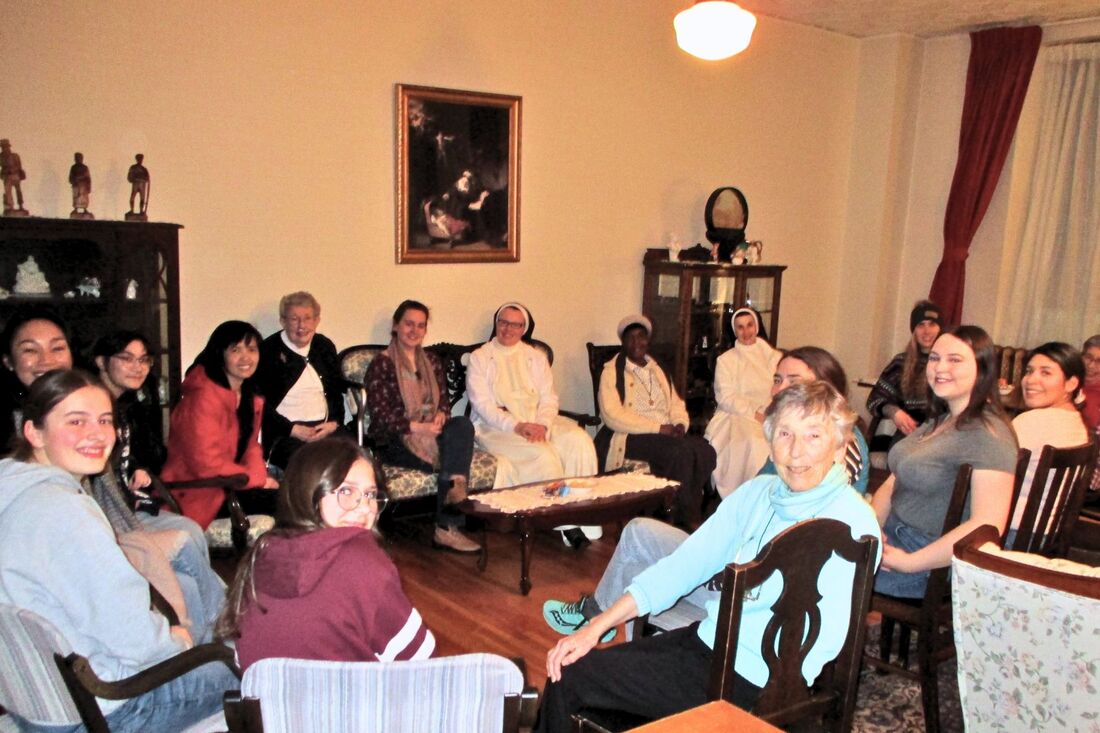
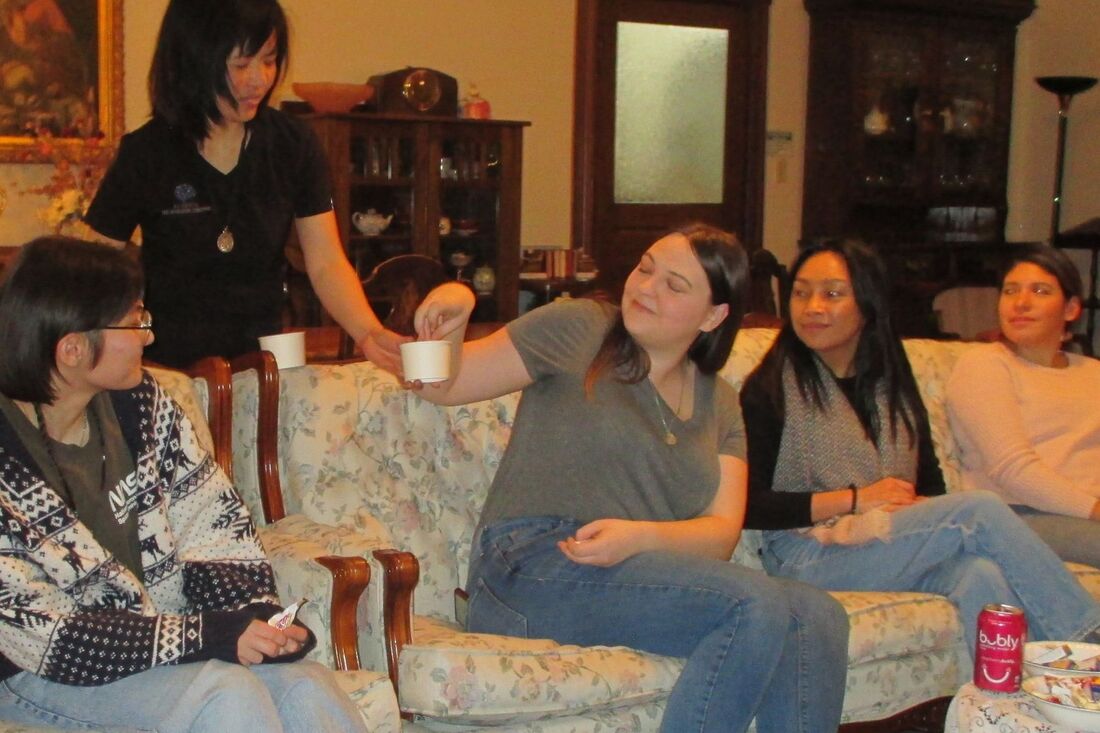
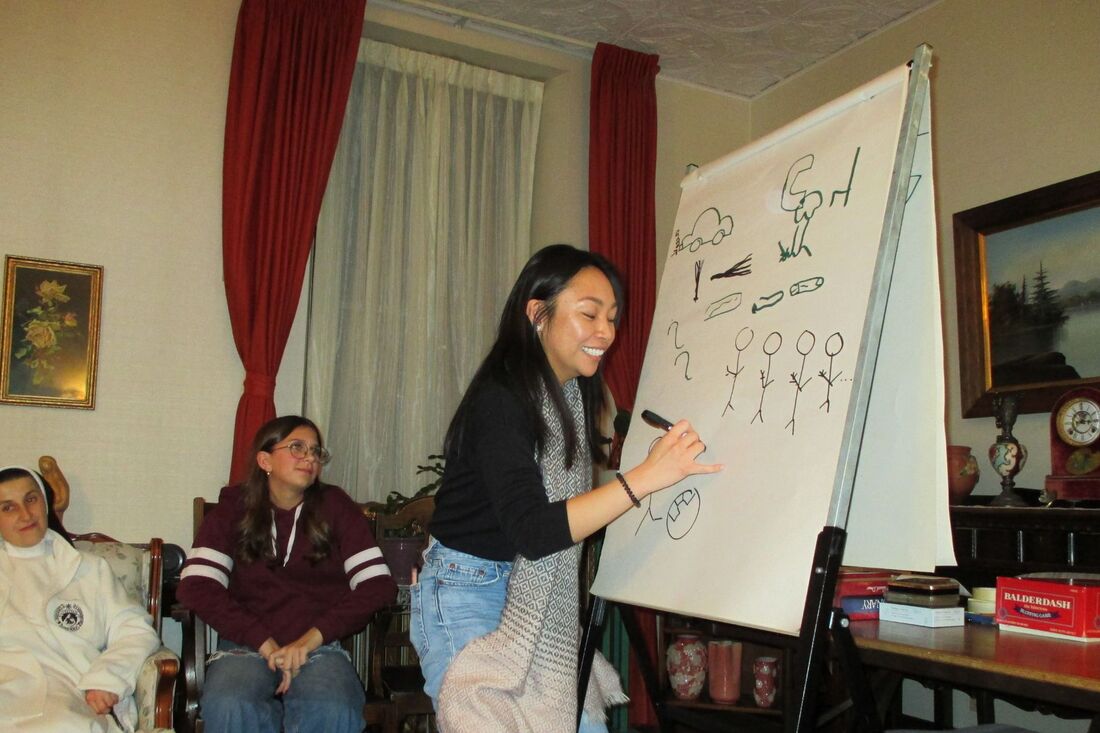
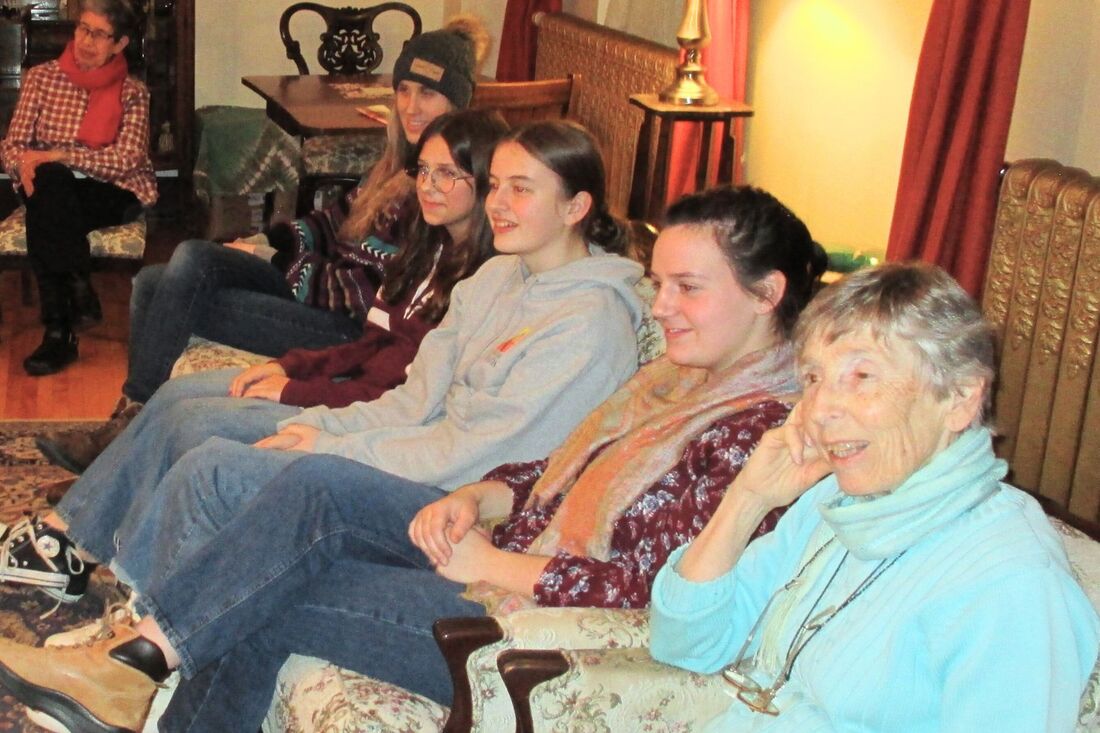
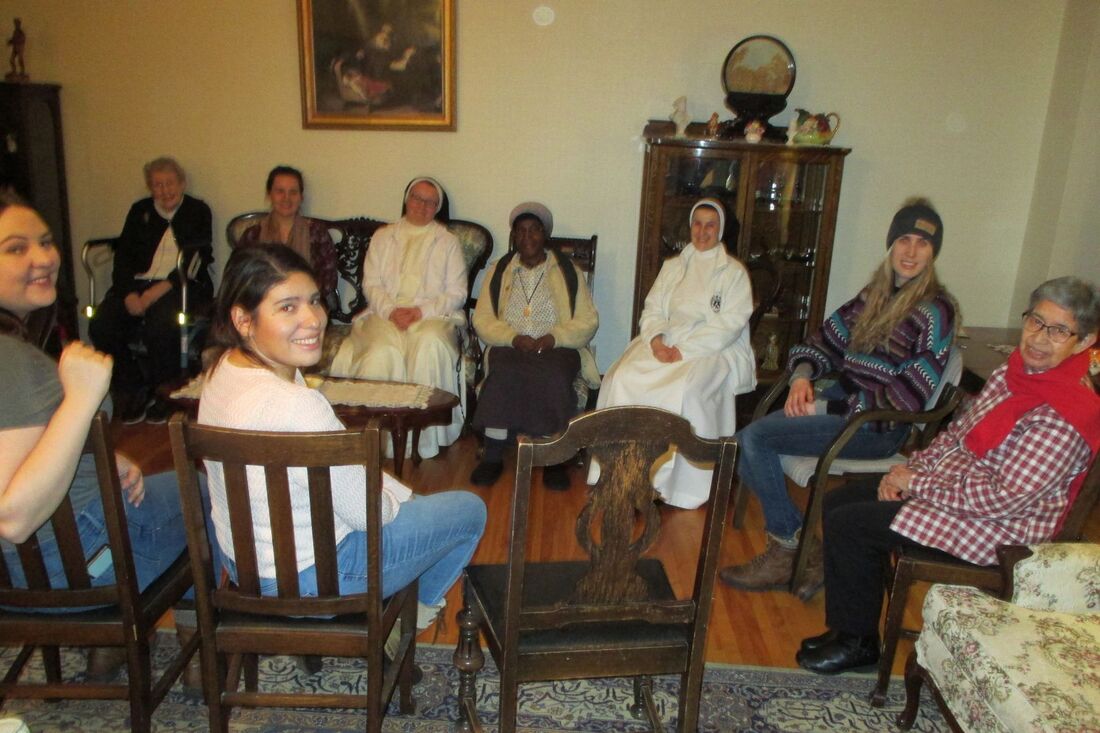
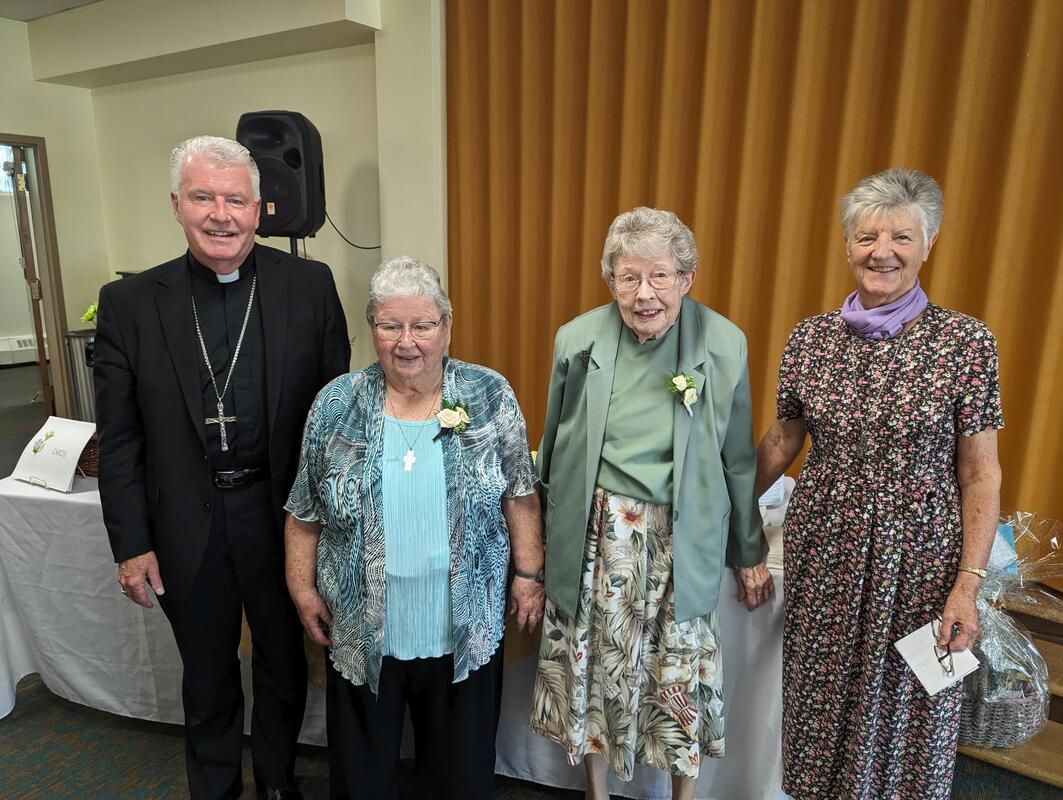
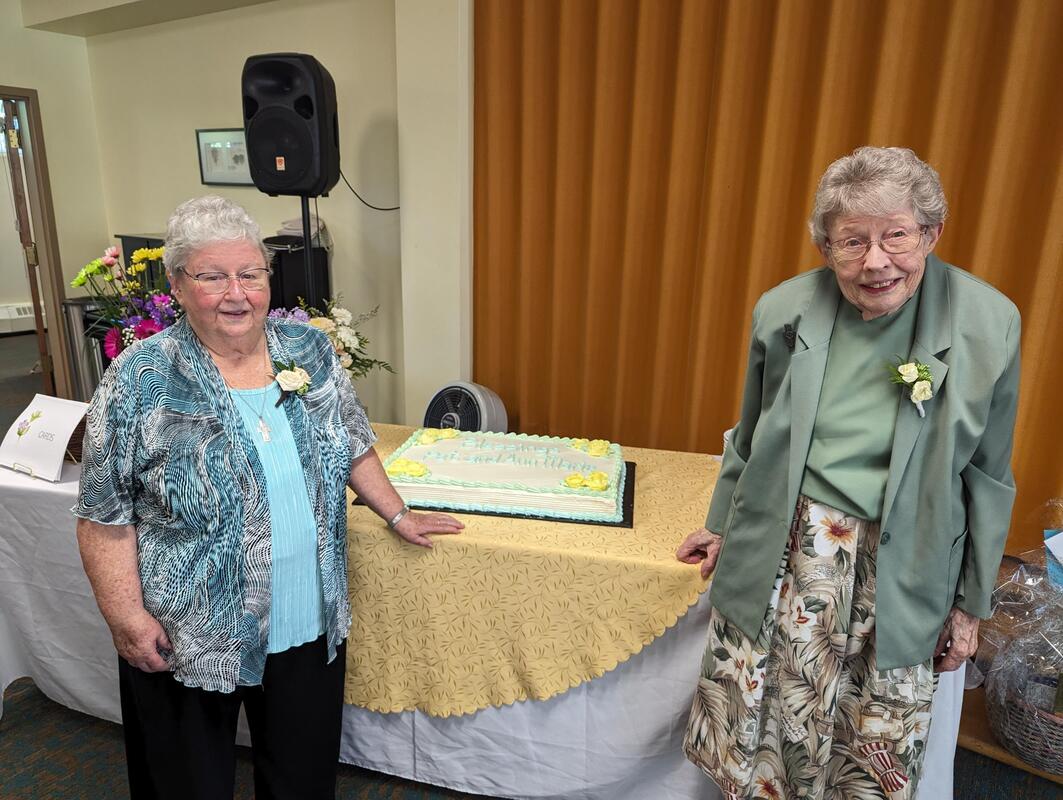
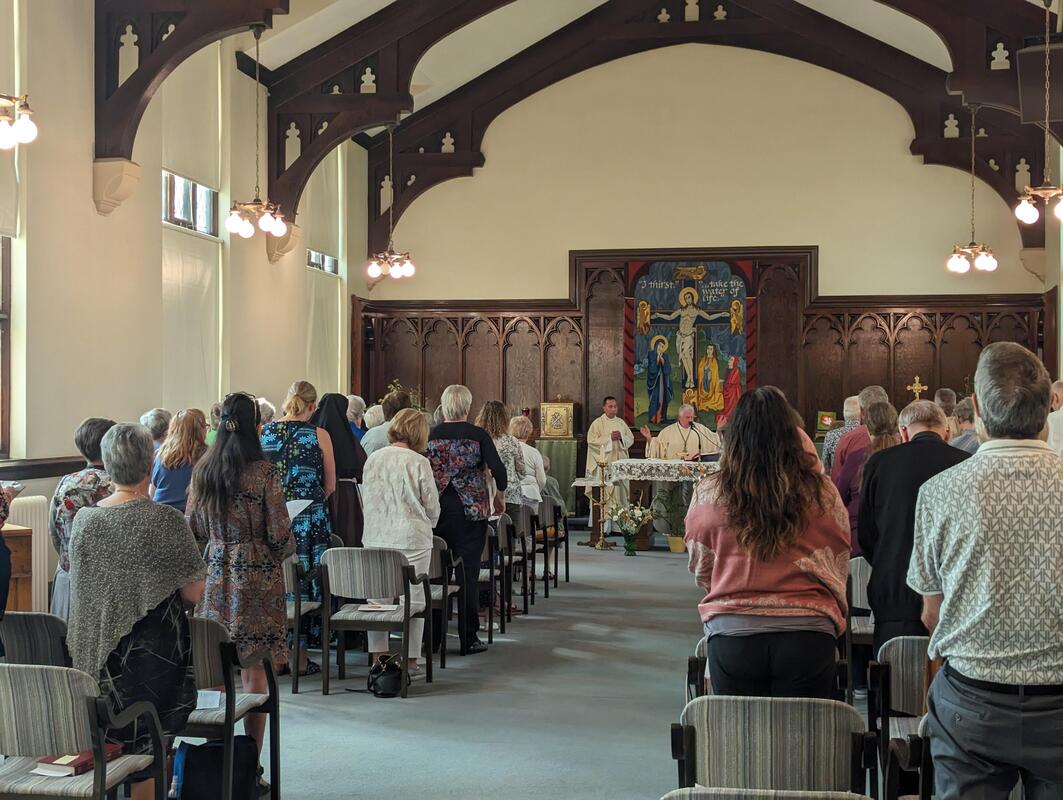
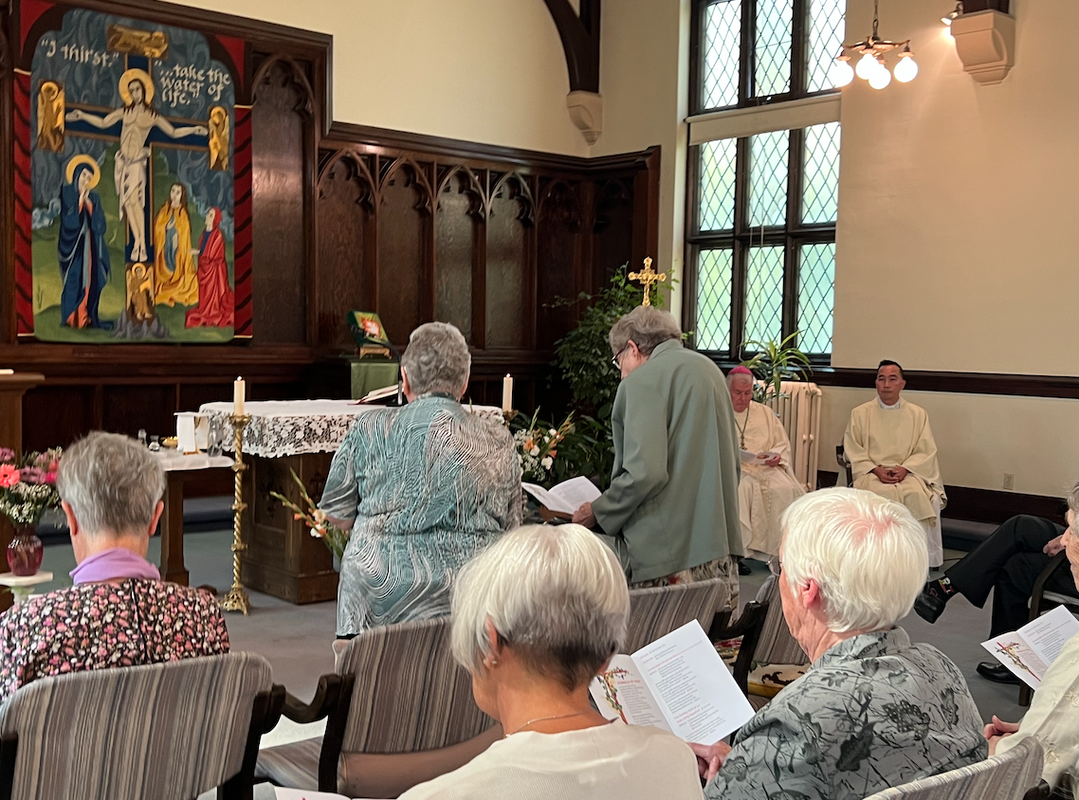
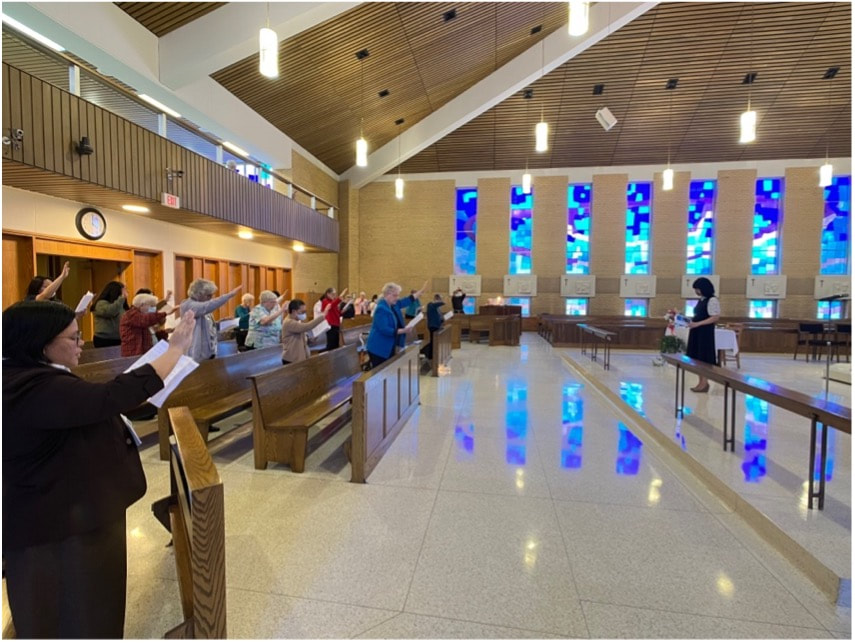
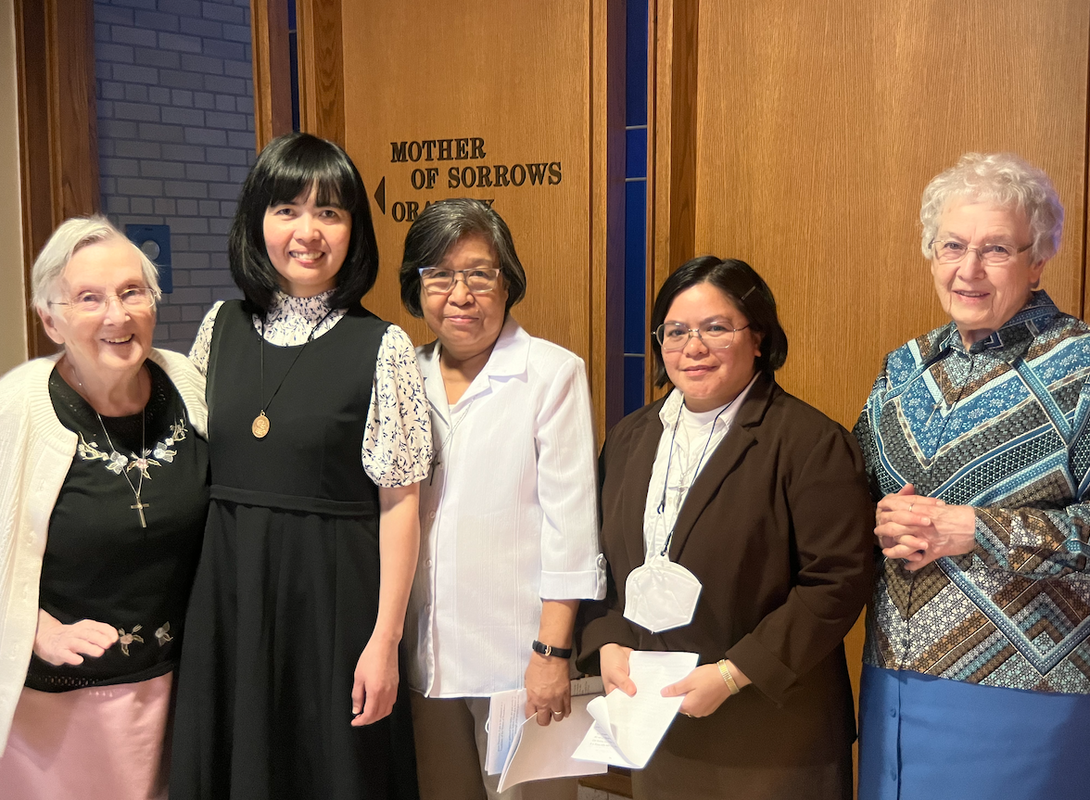
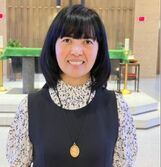
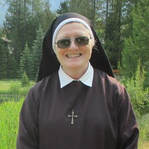
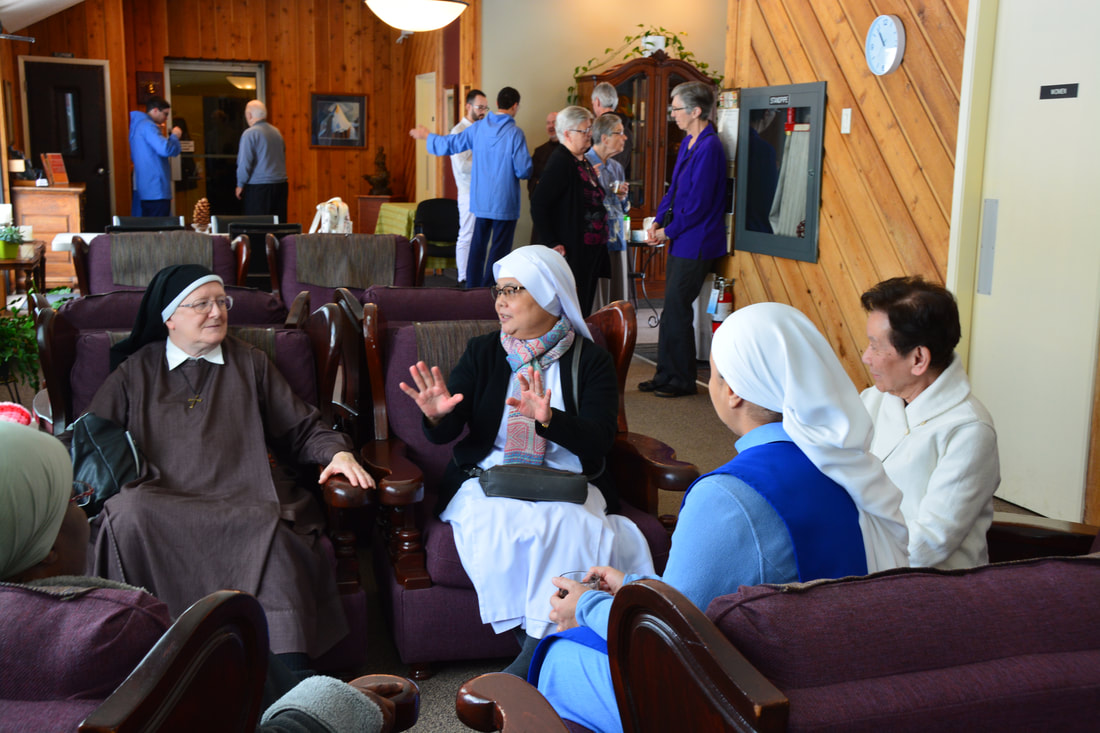
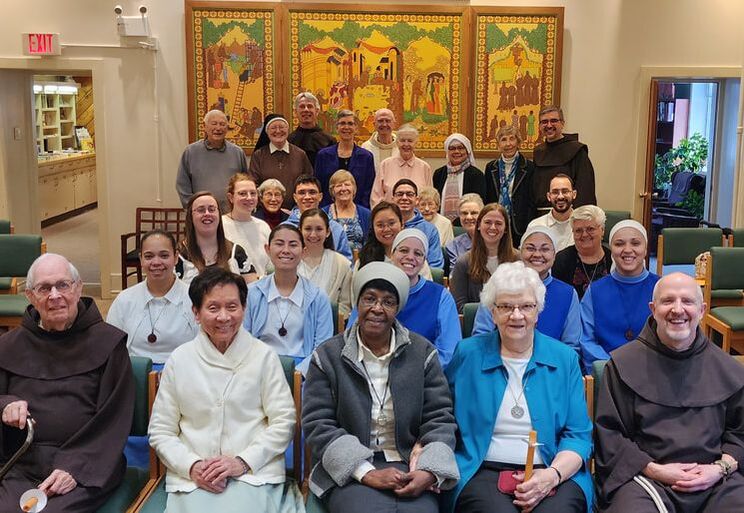
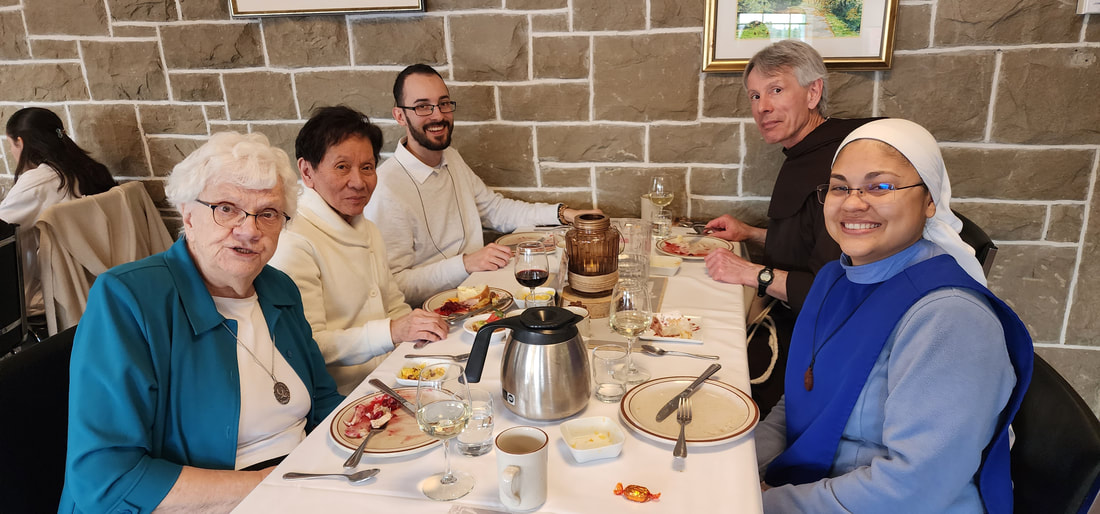
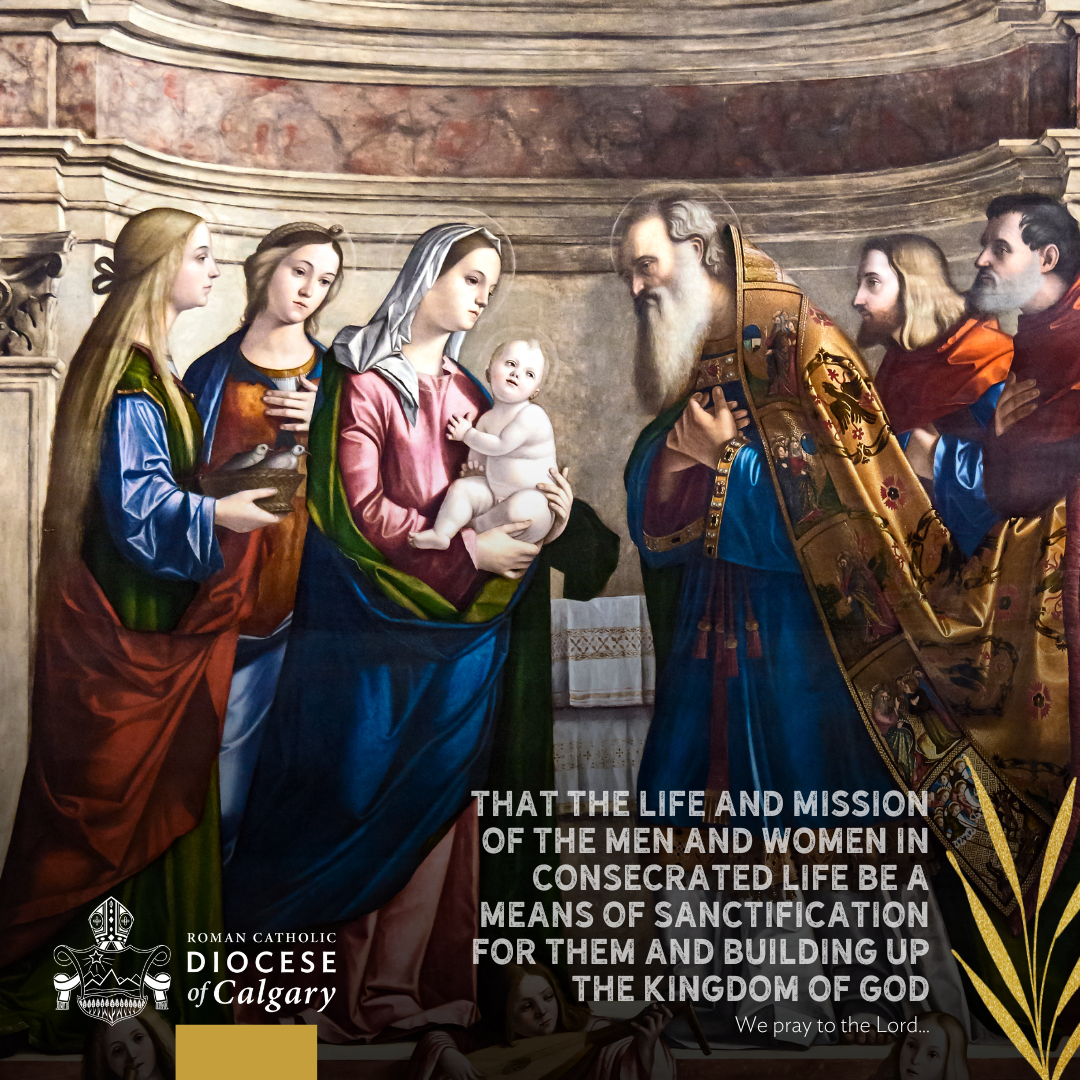

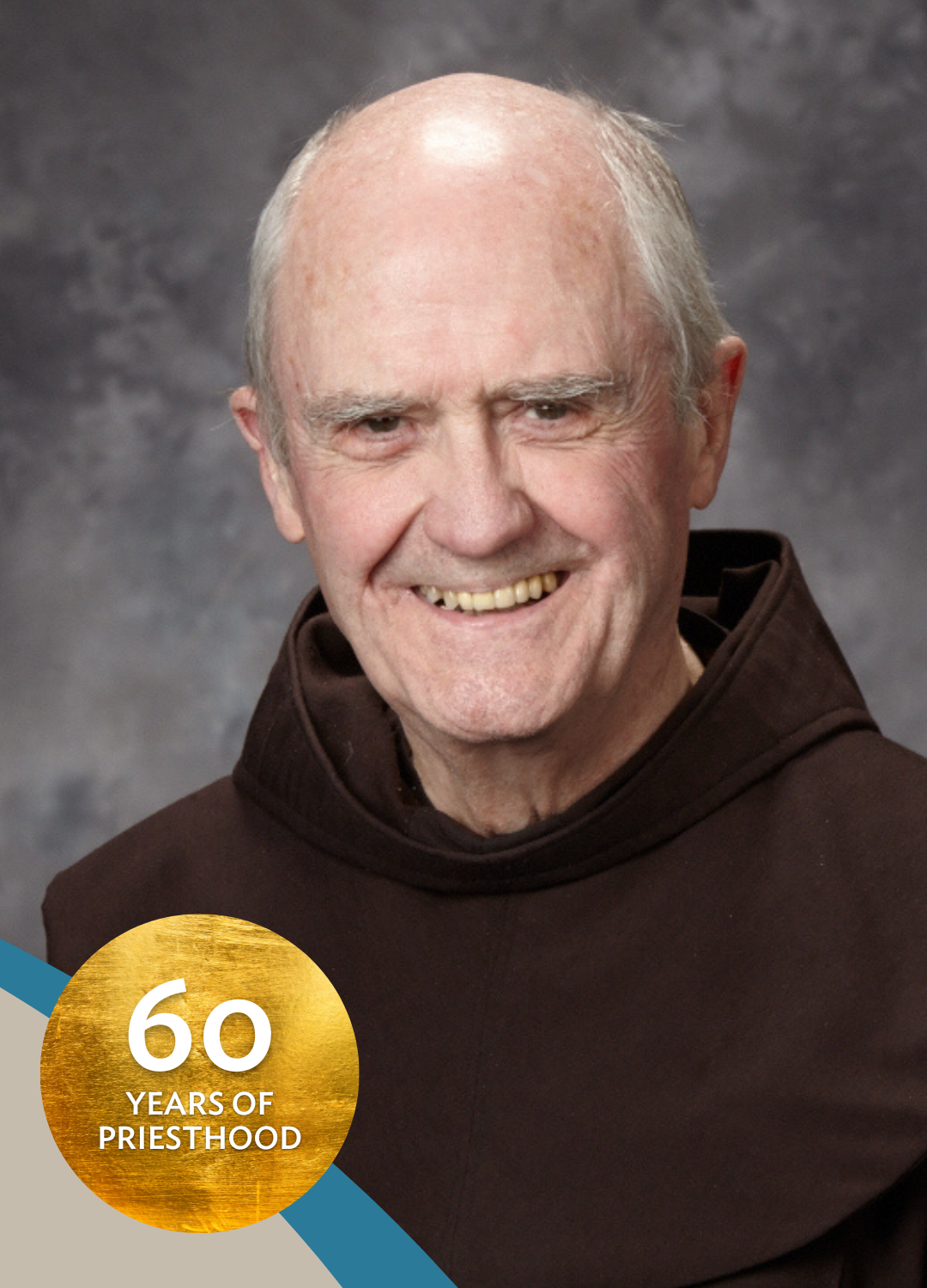
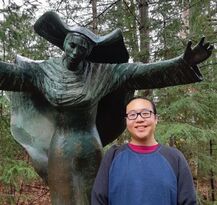
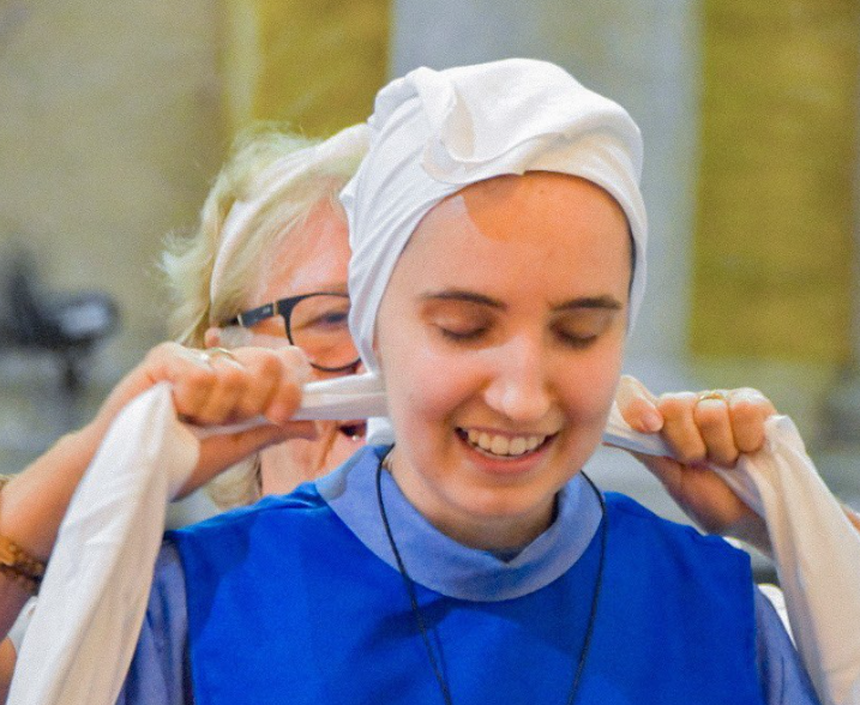
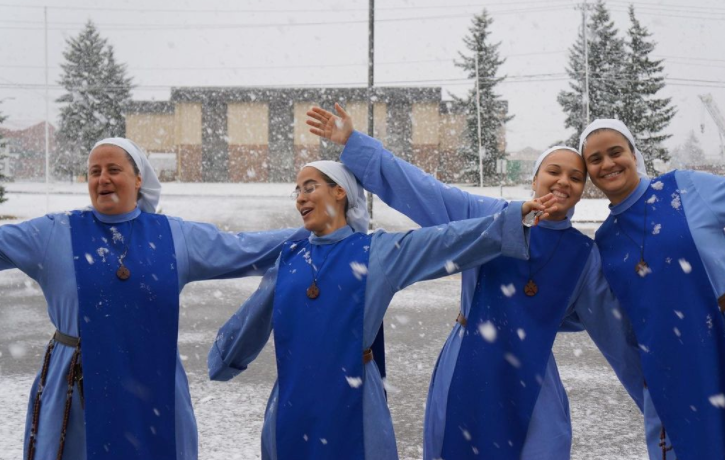
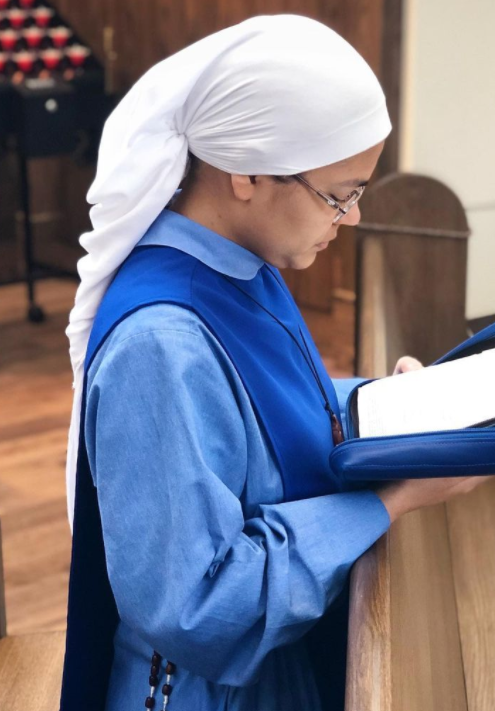
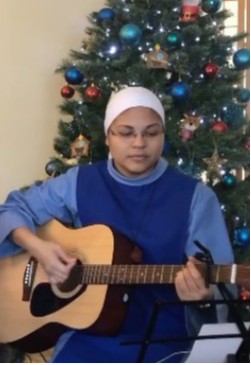
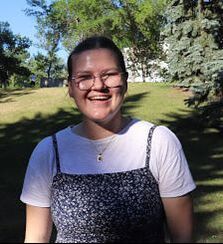


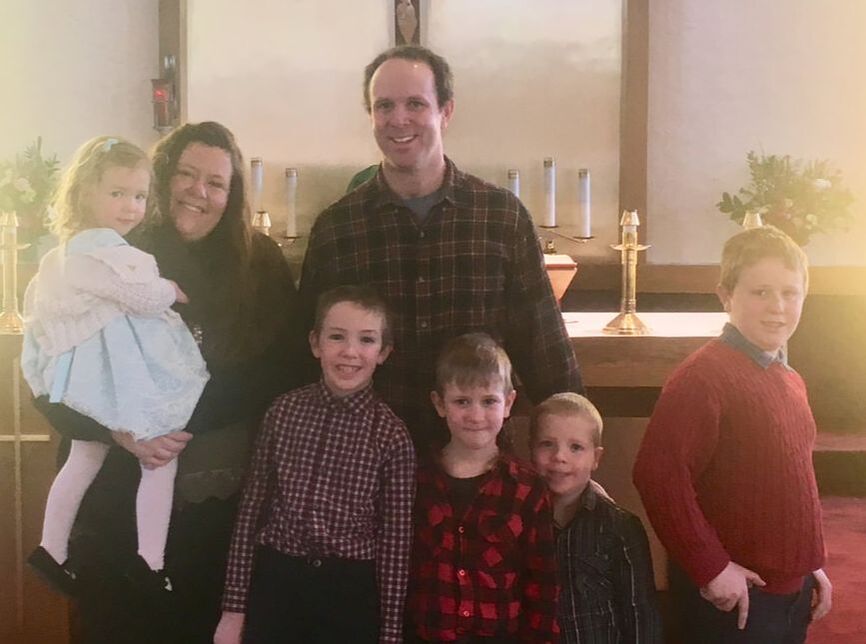
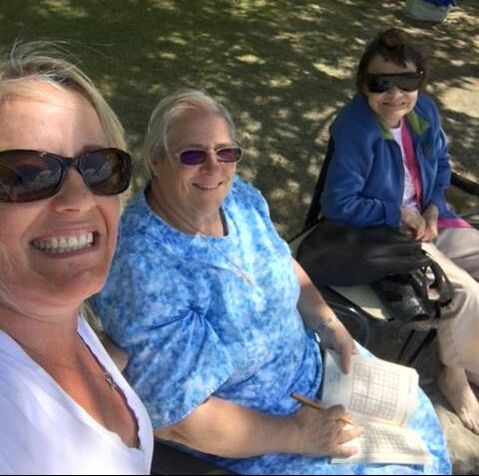
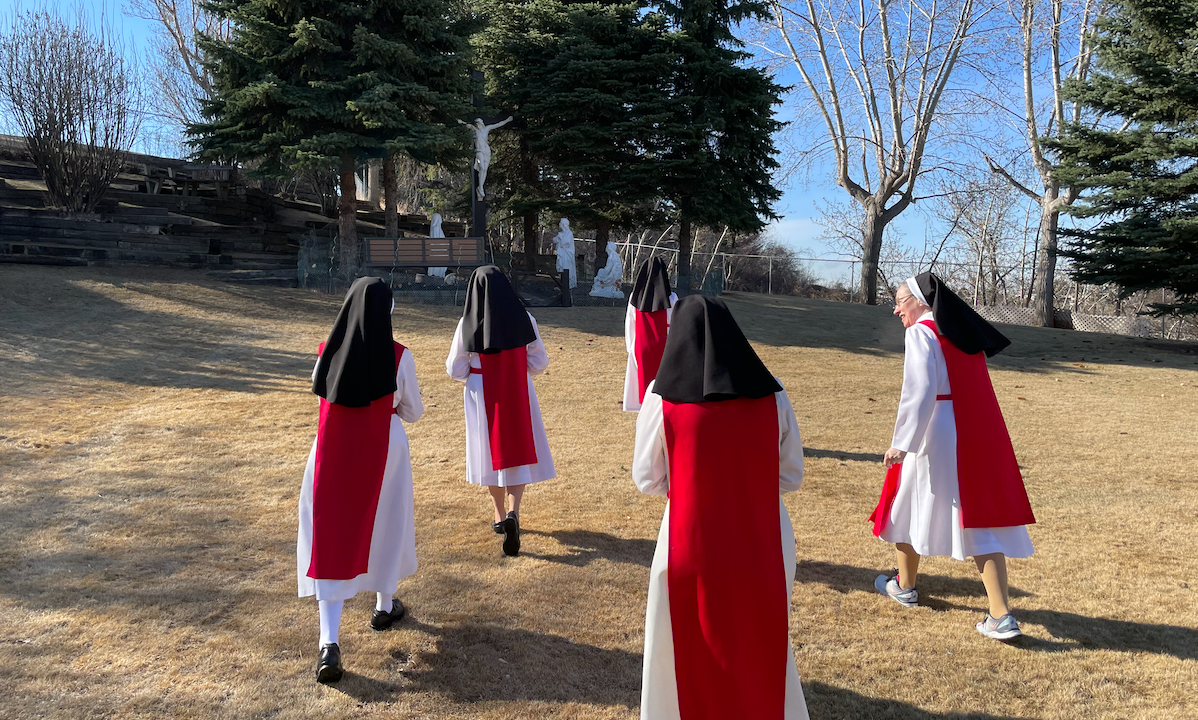
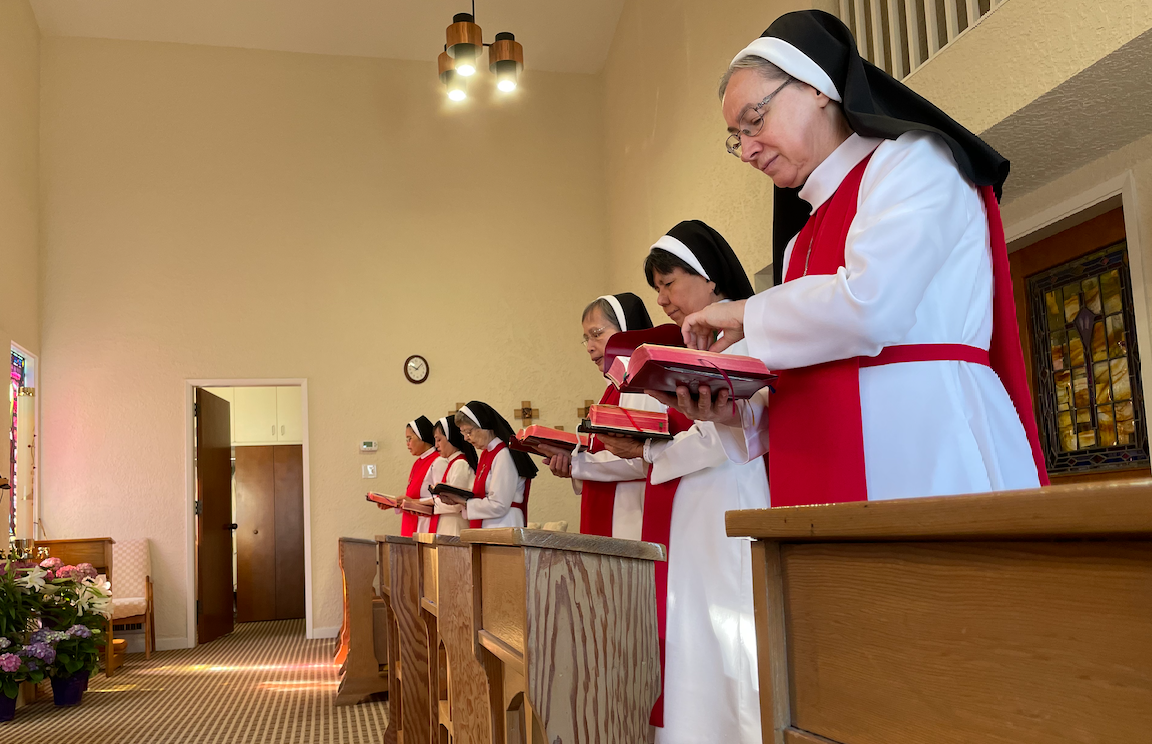
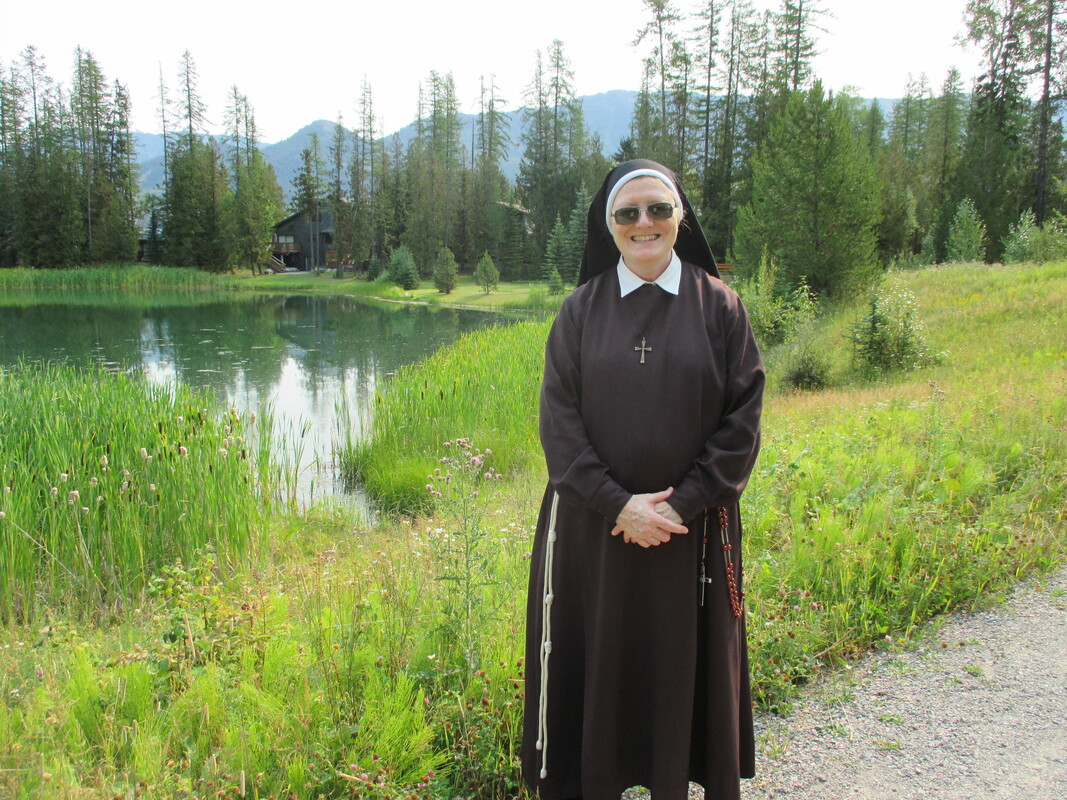
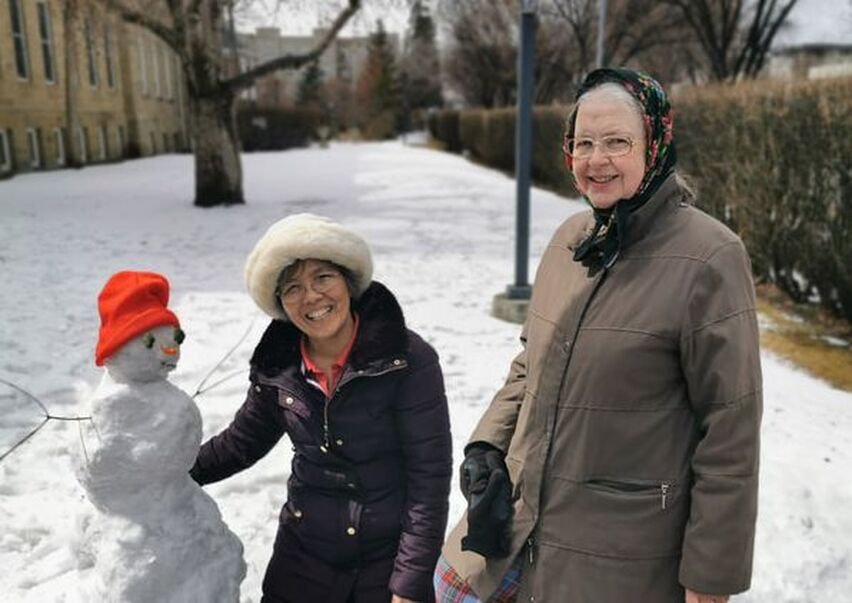
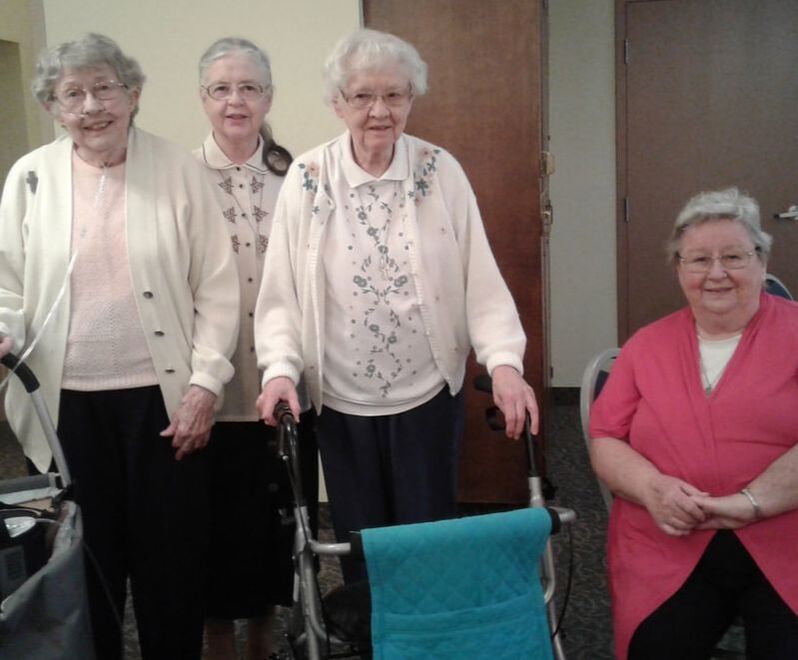
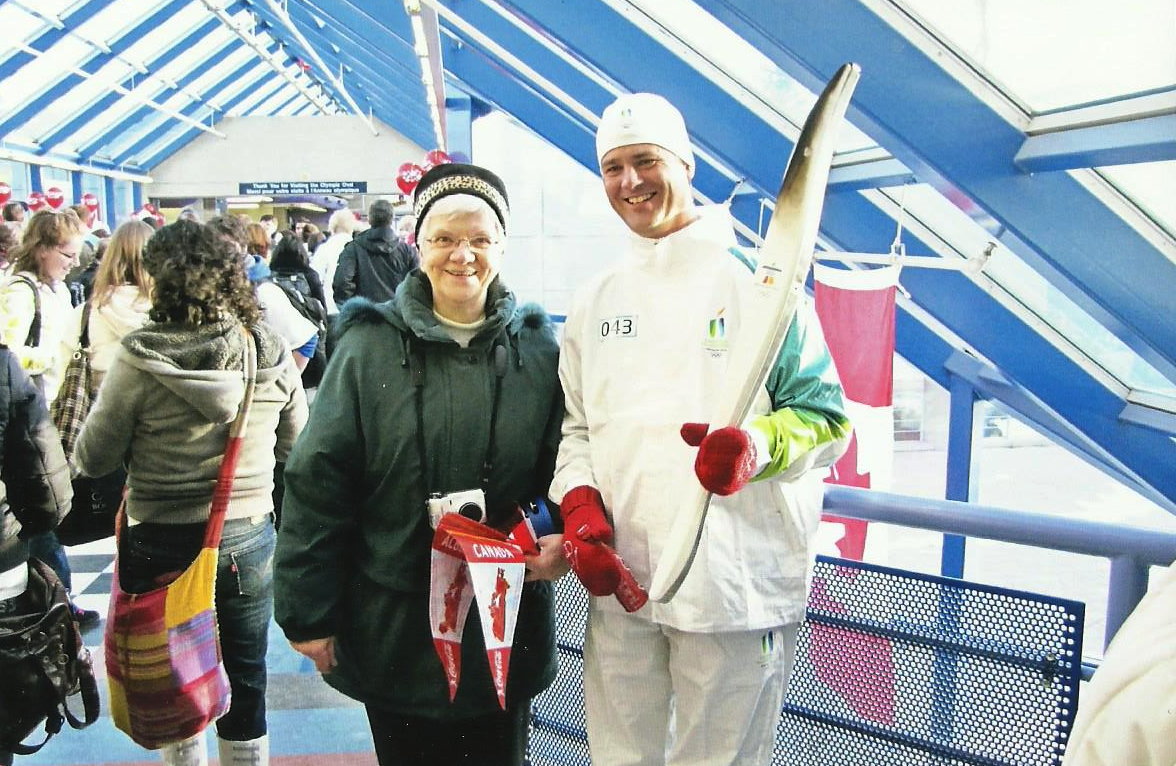
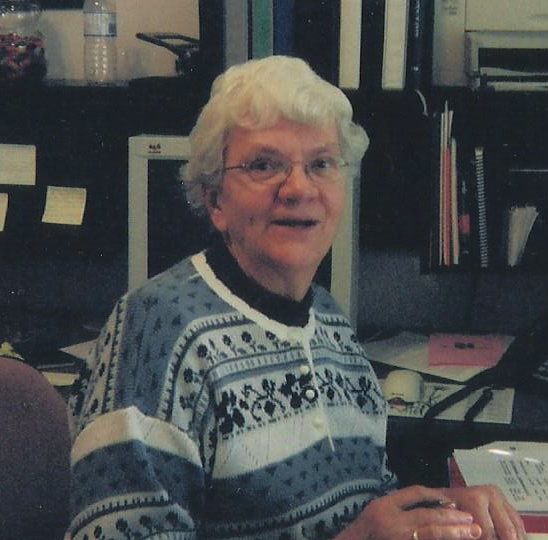
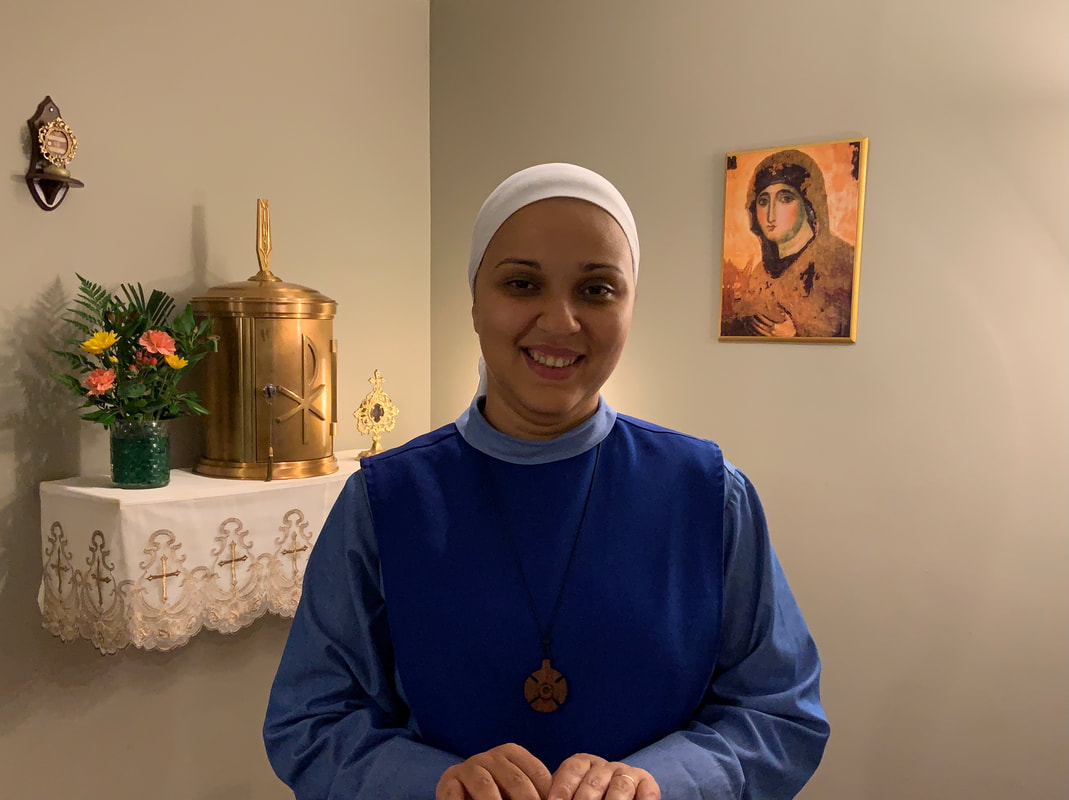
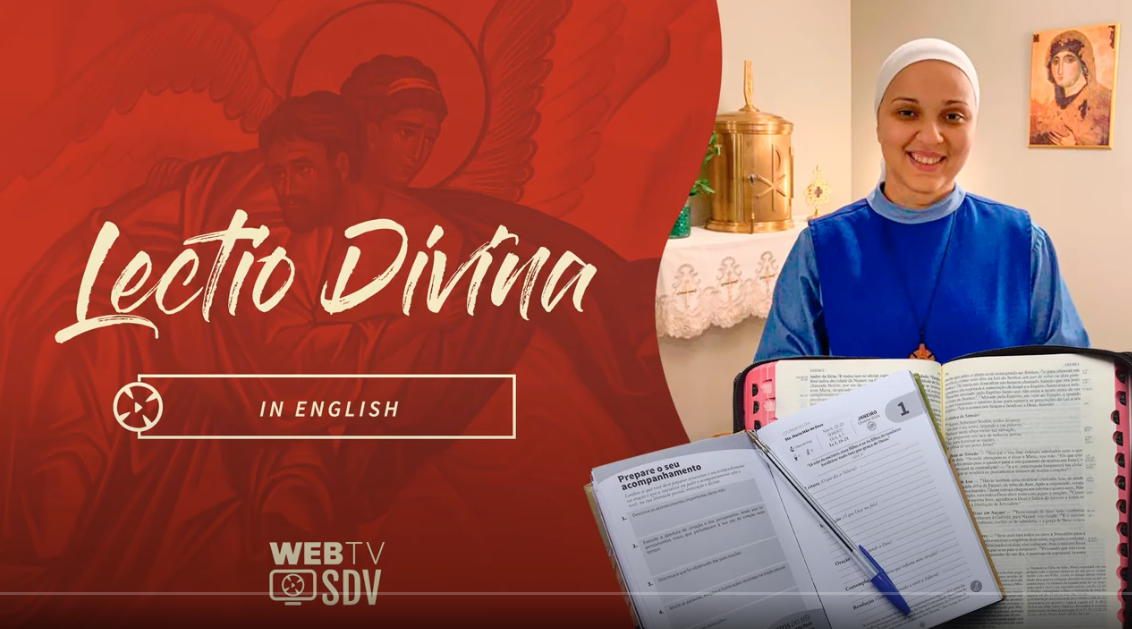
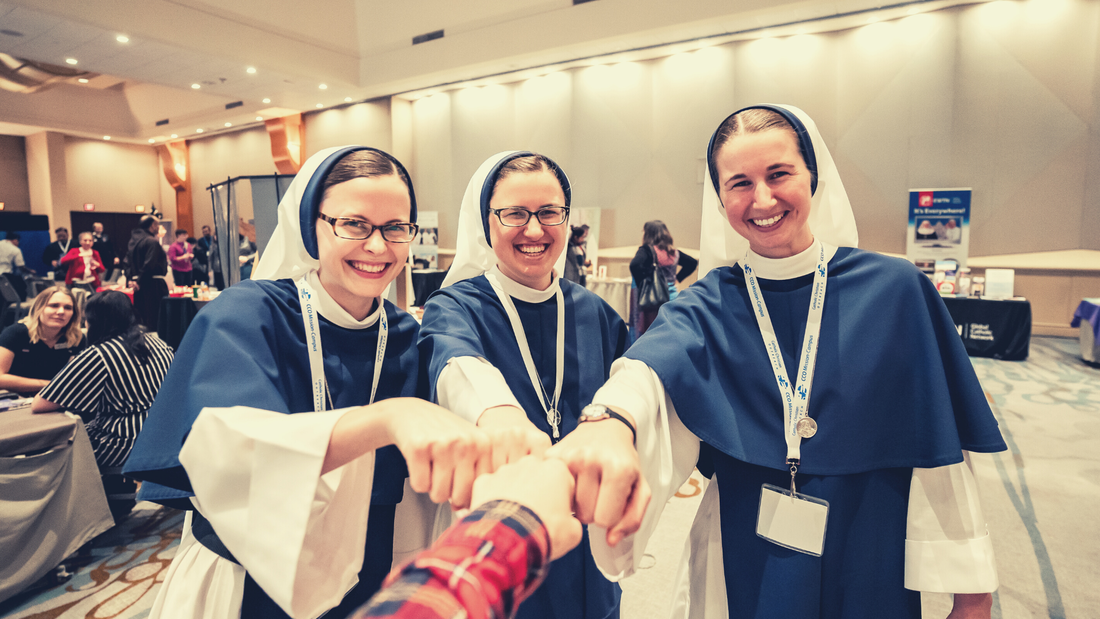
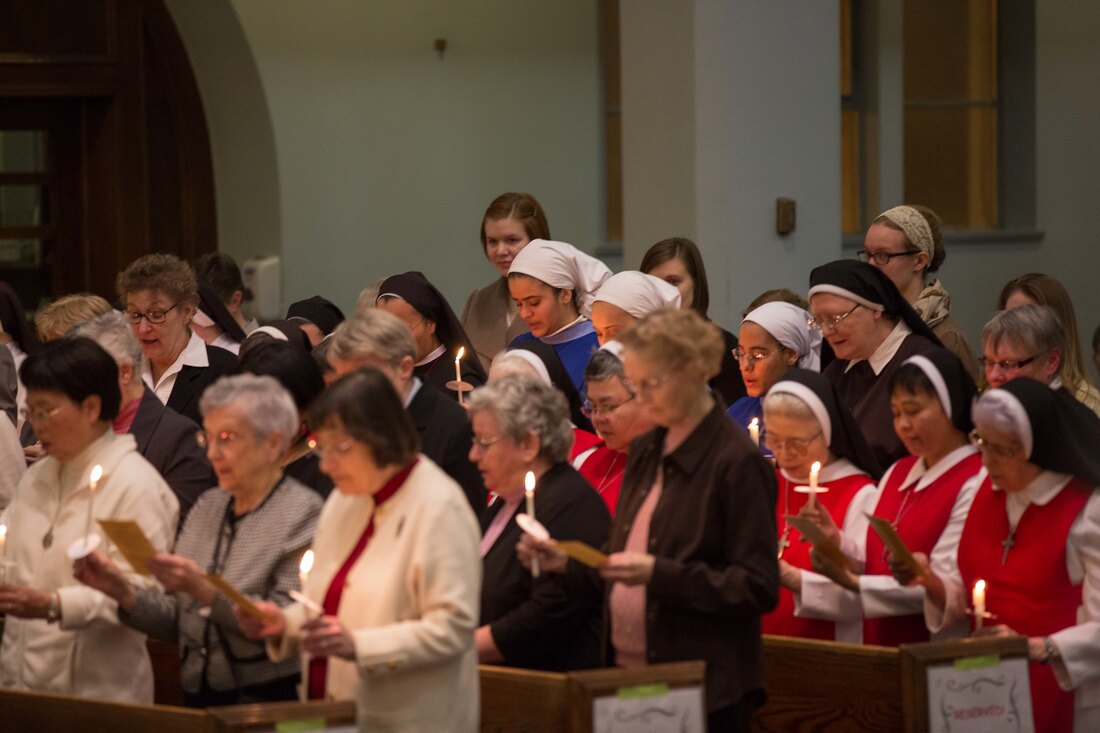
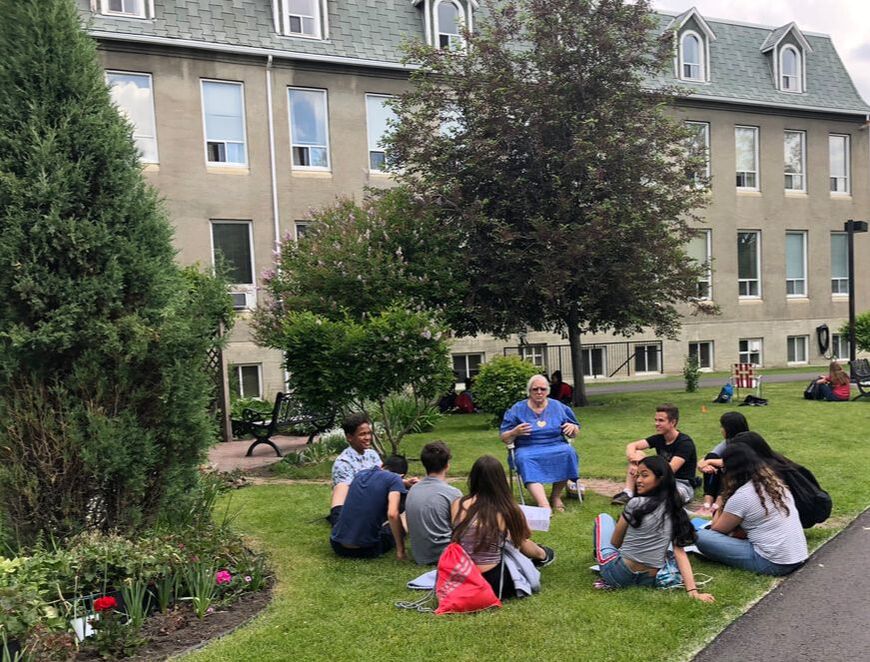
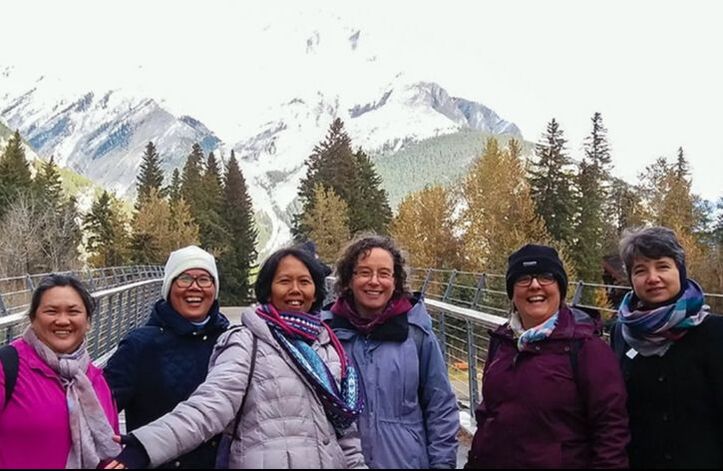
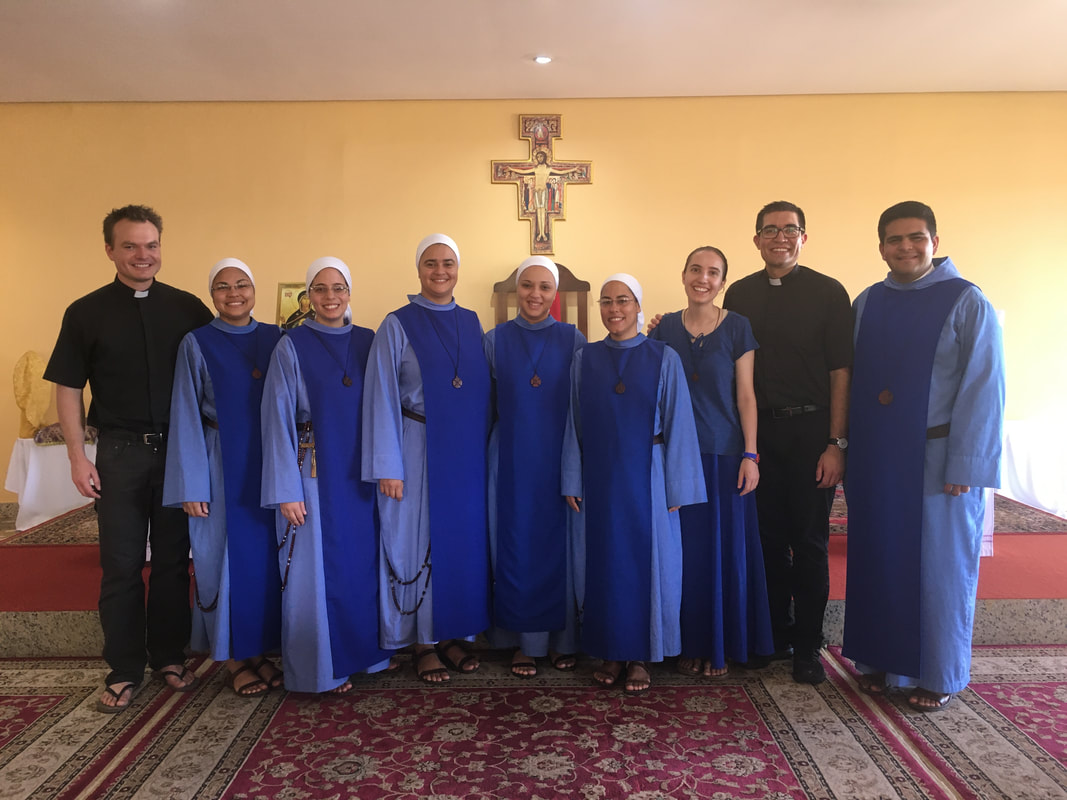
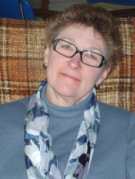
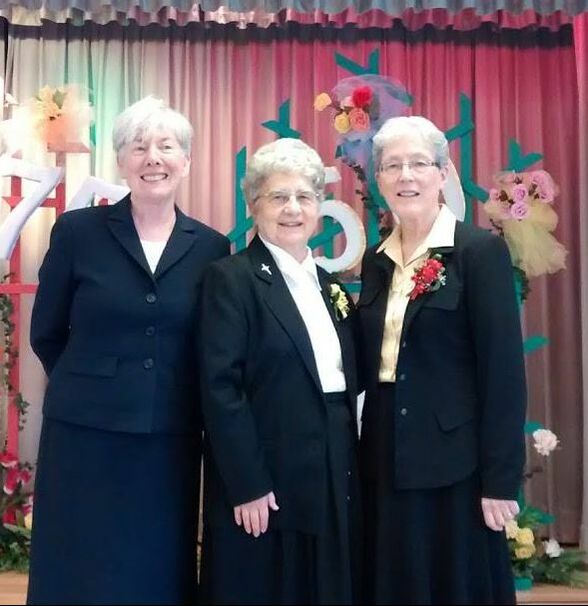
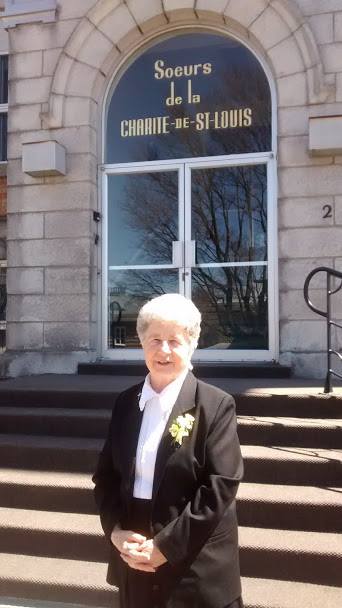
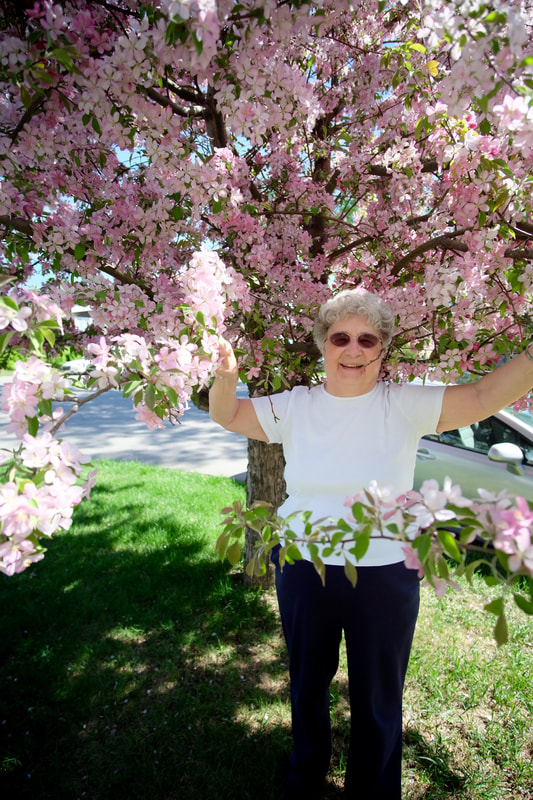
 RSS Feed
RSS Feed